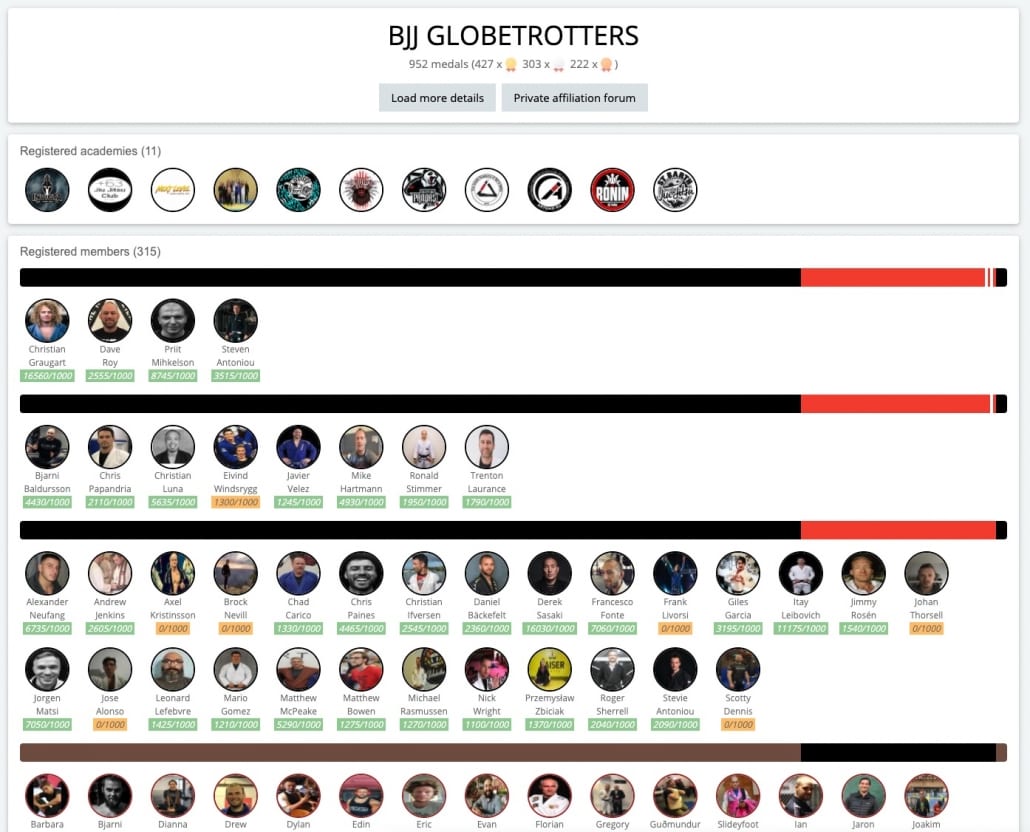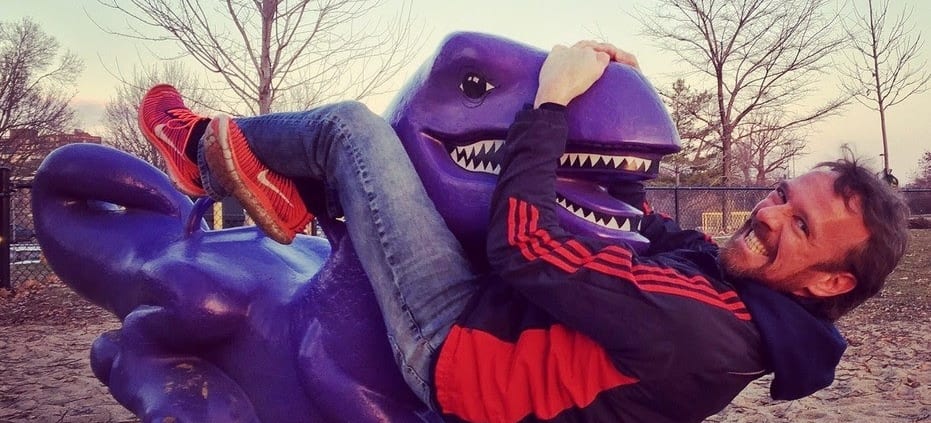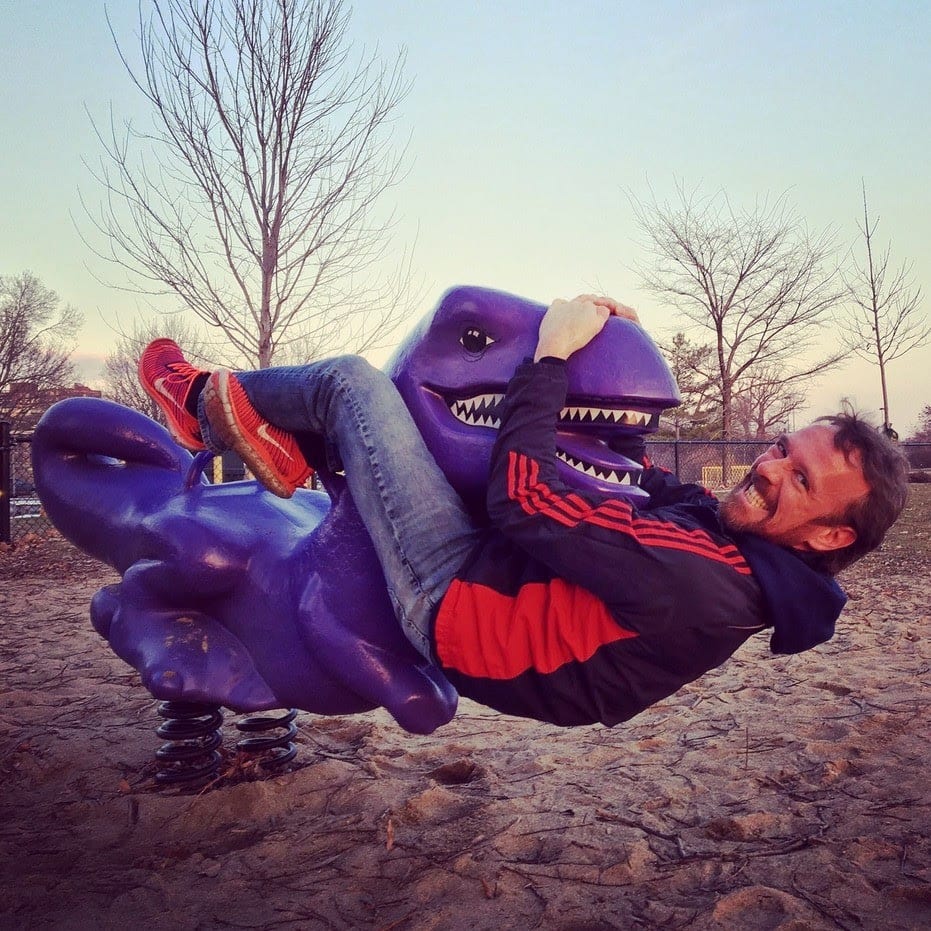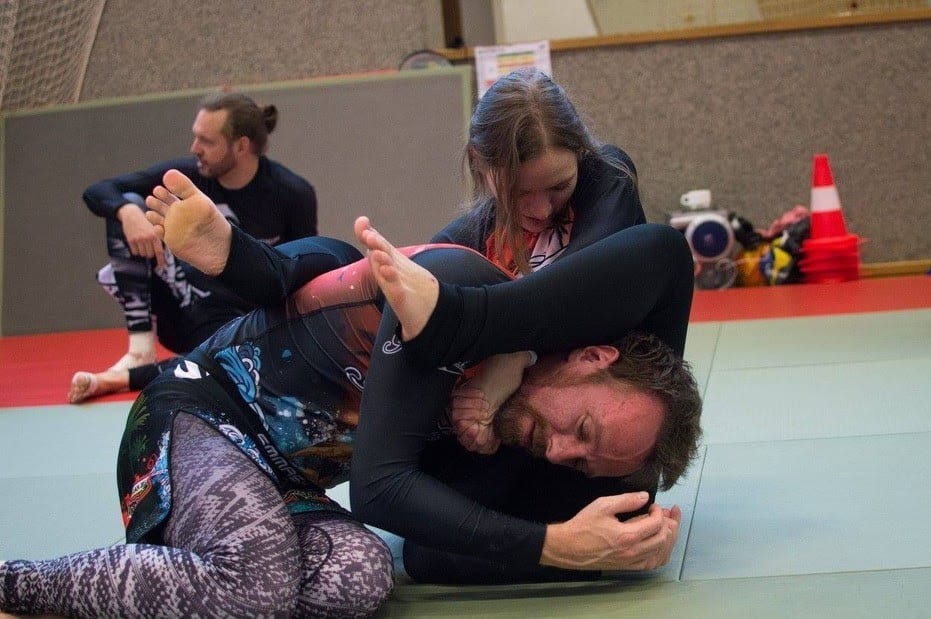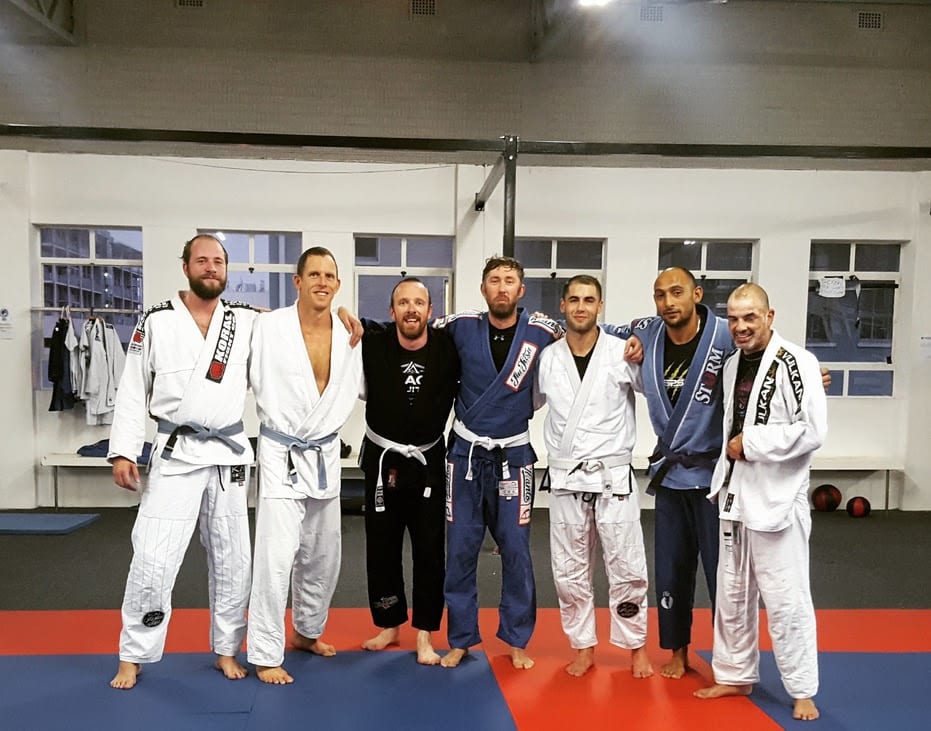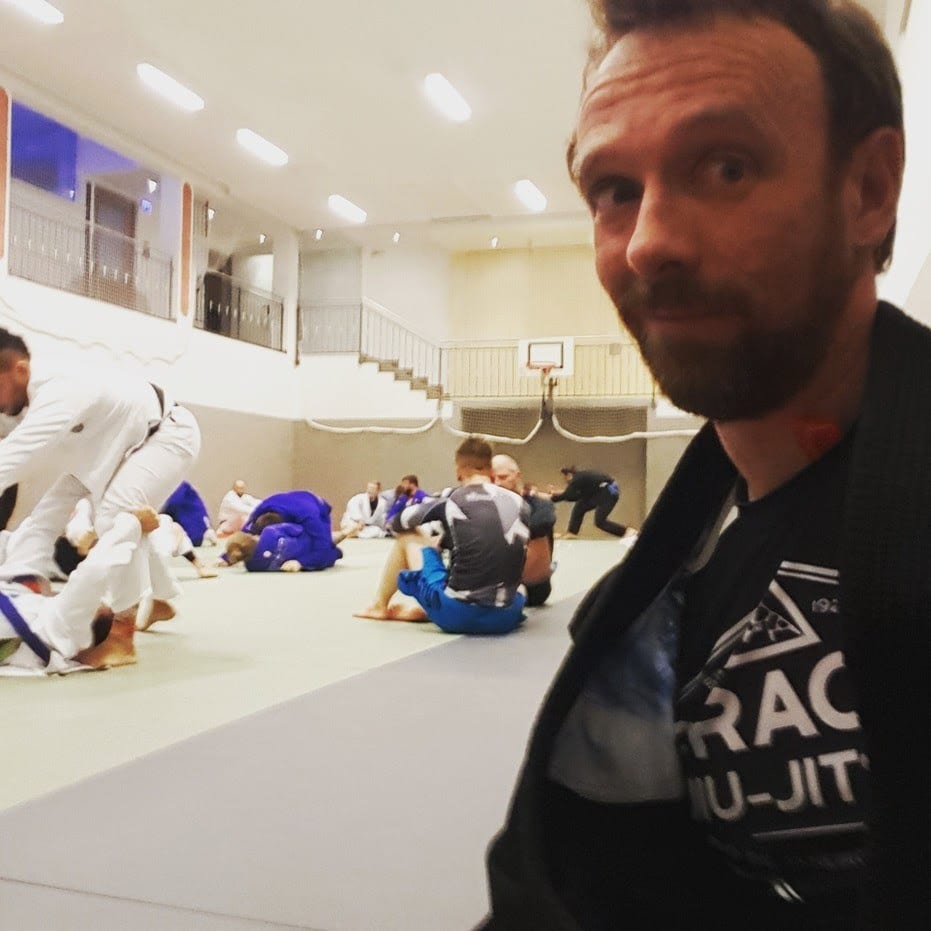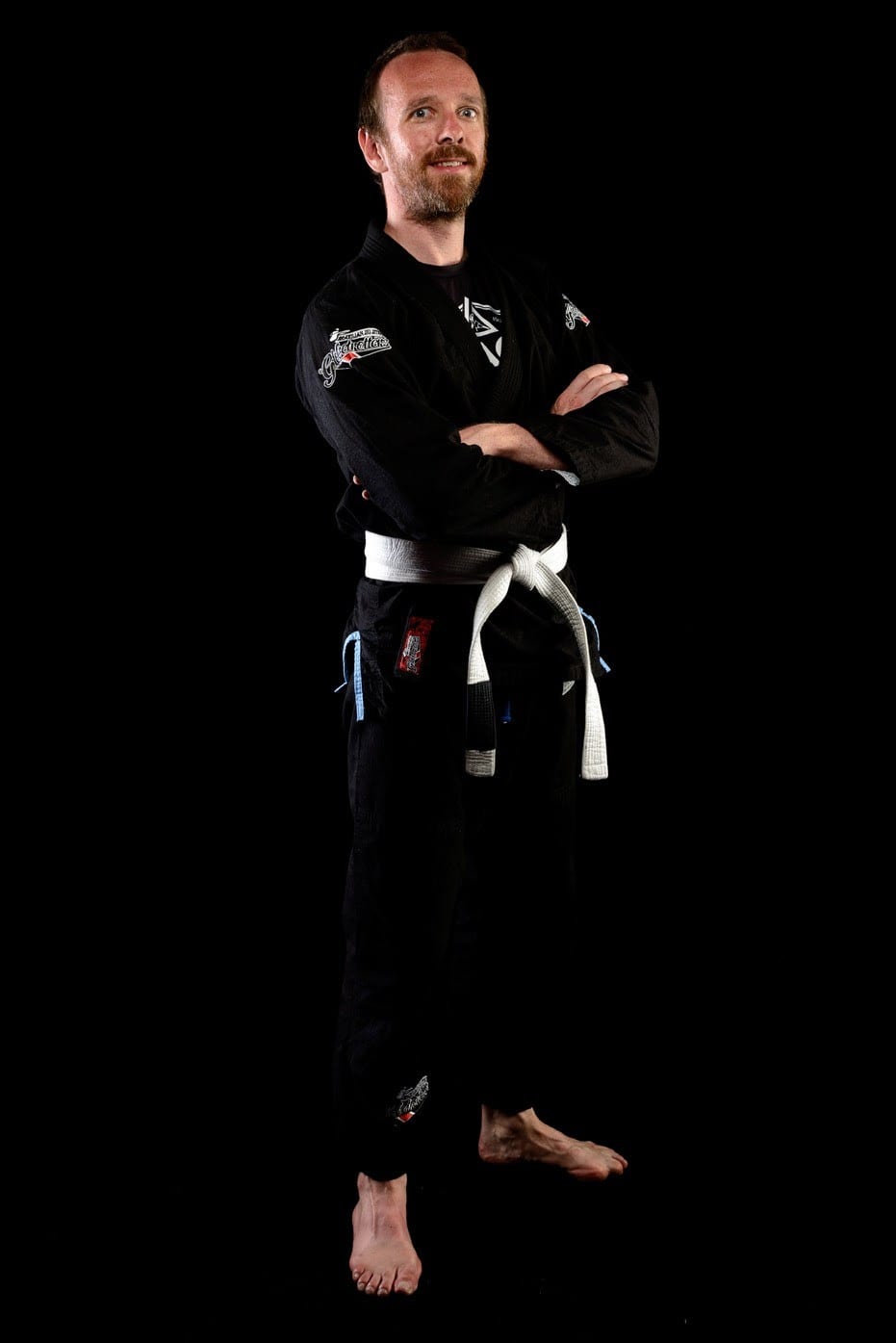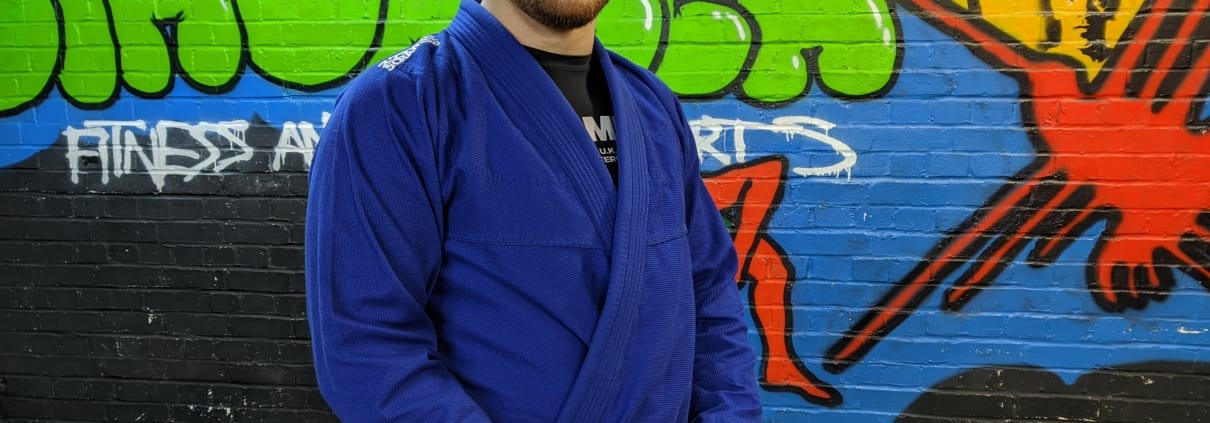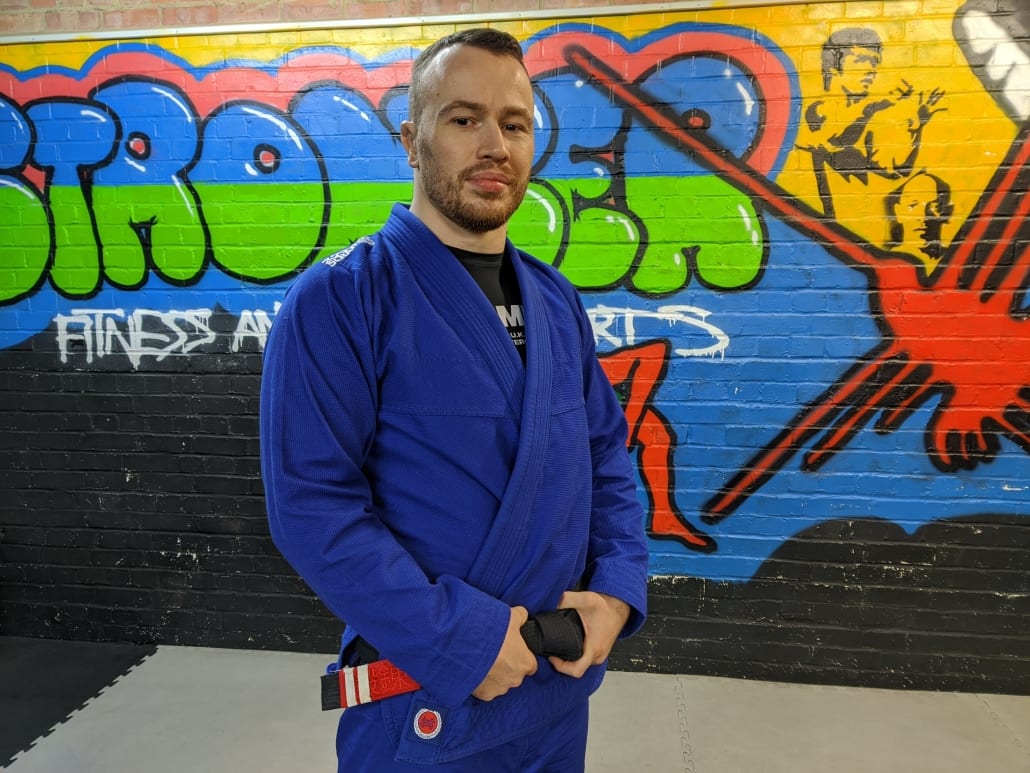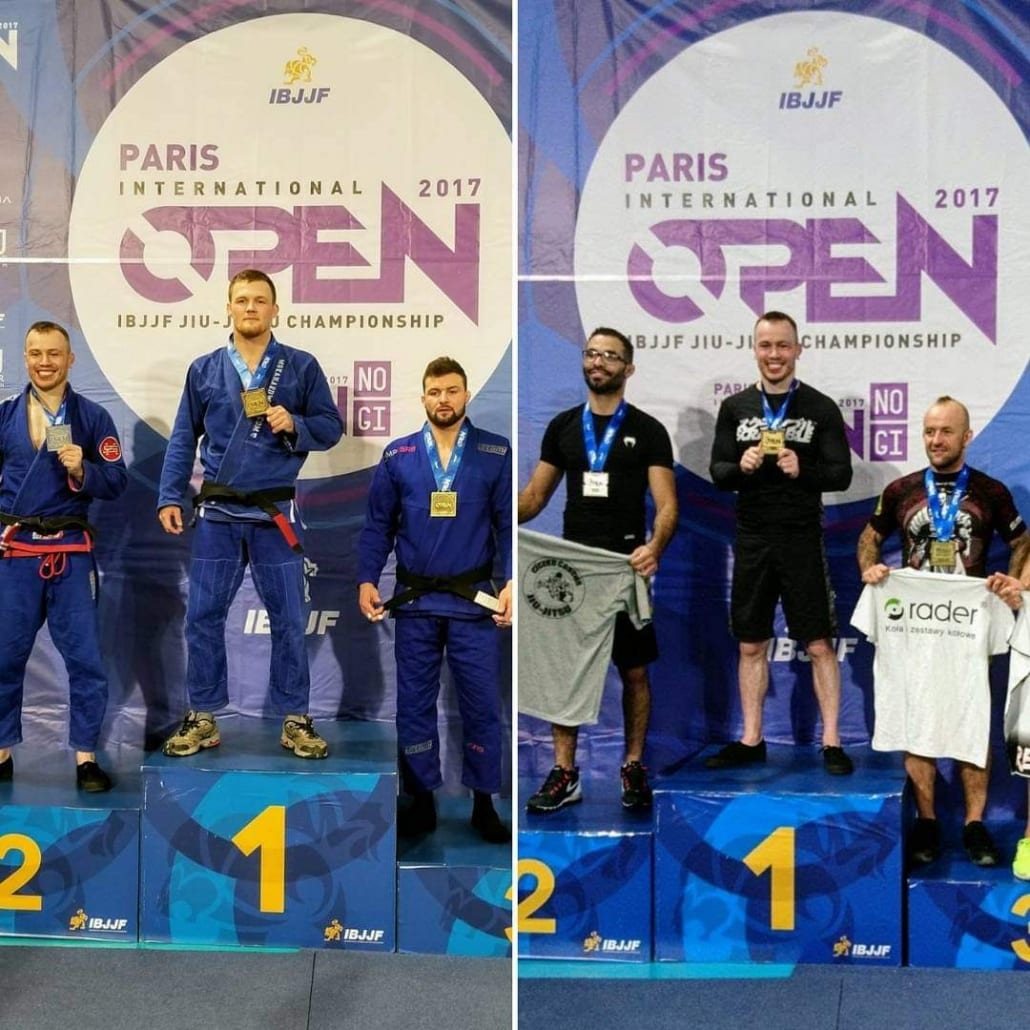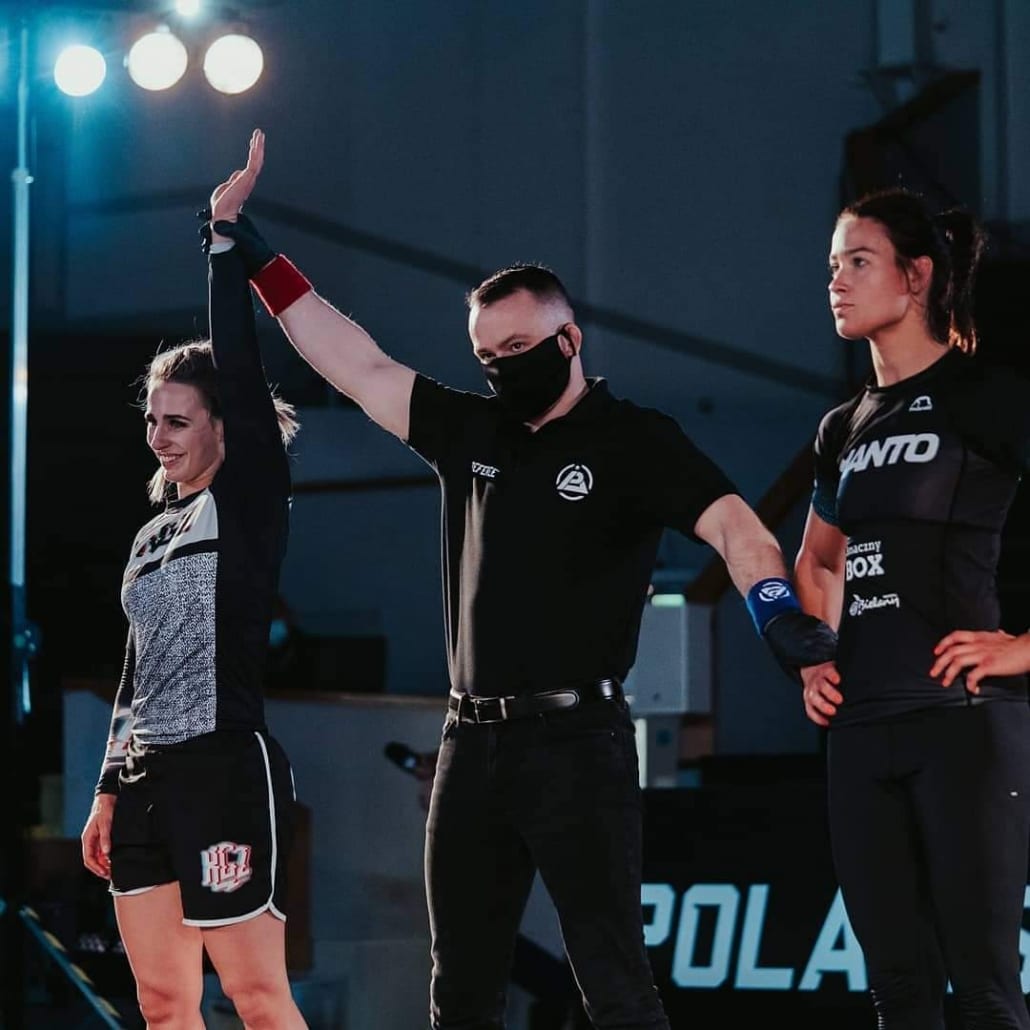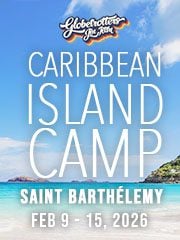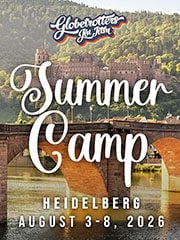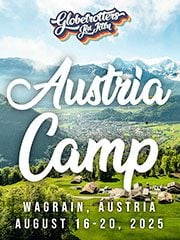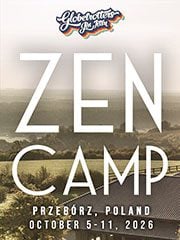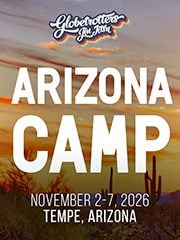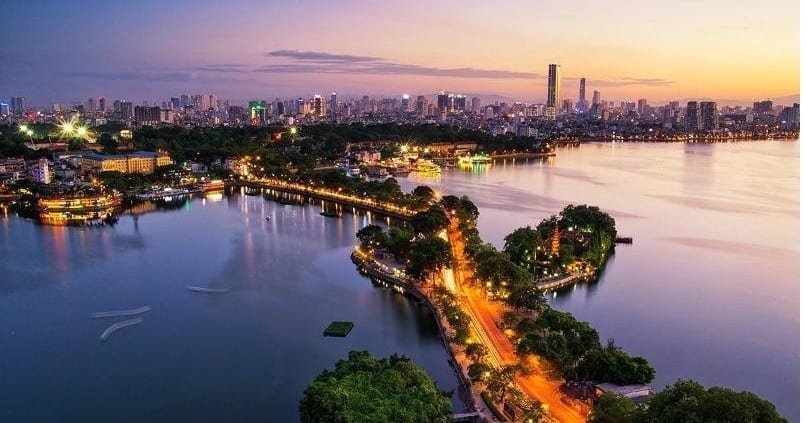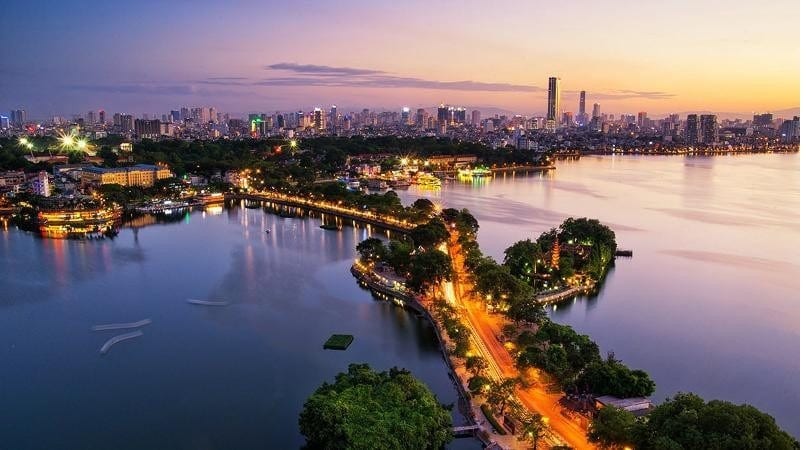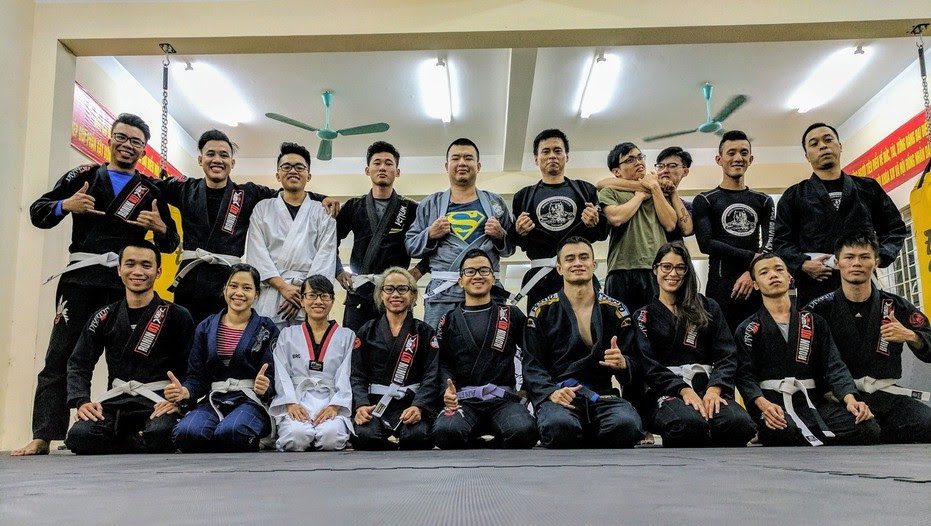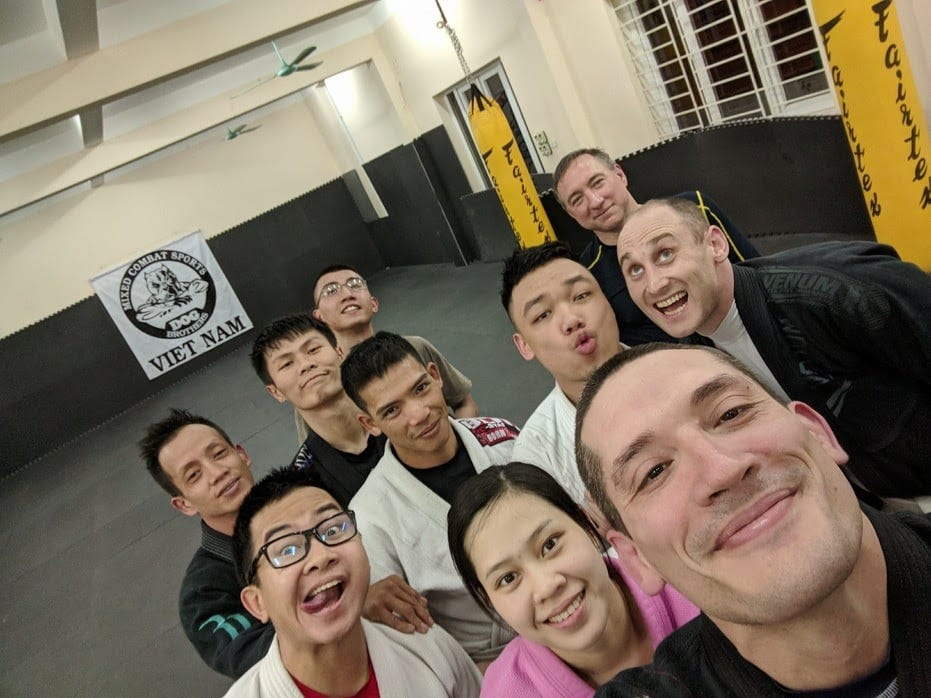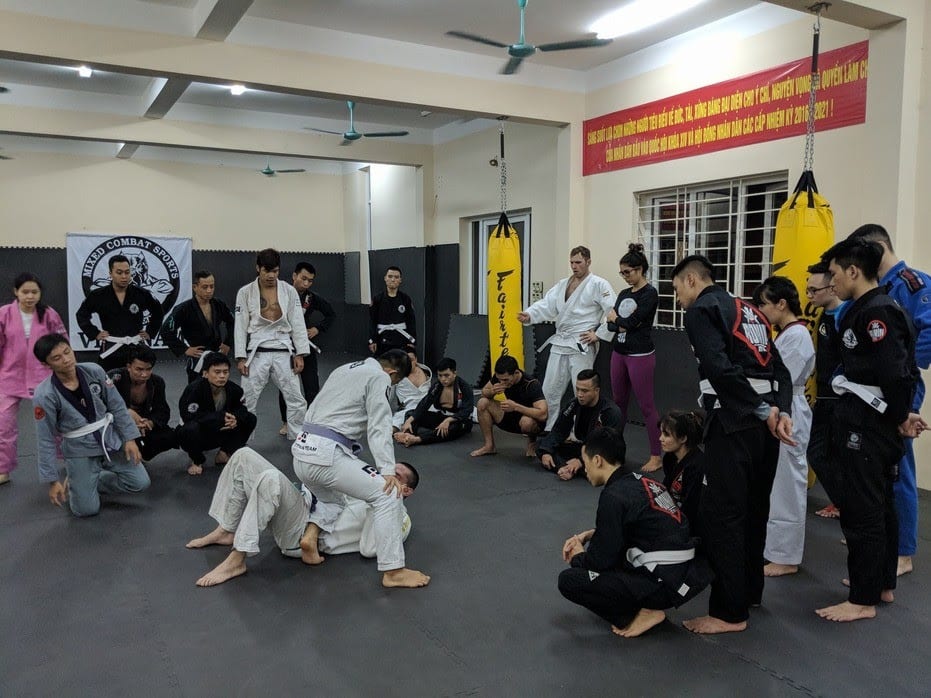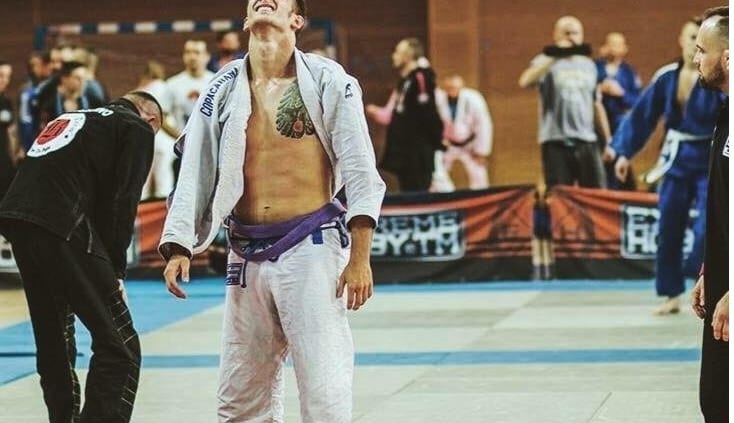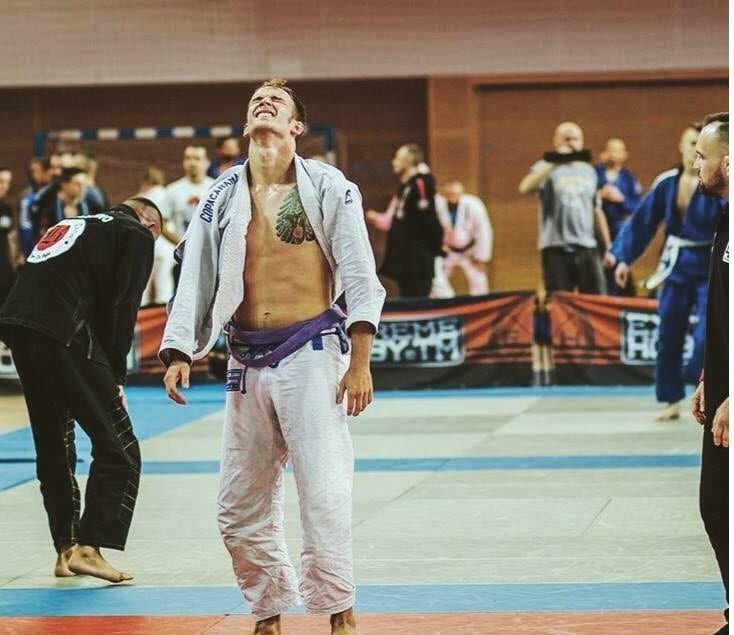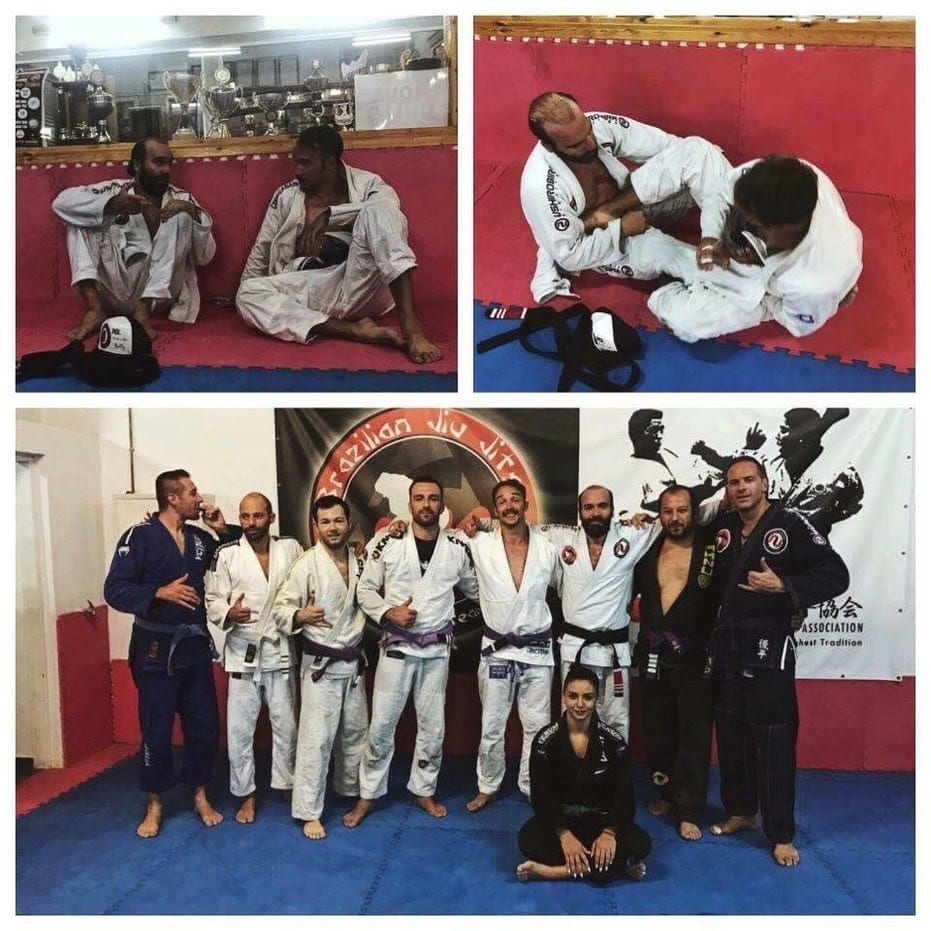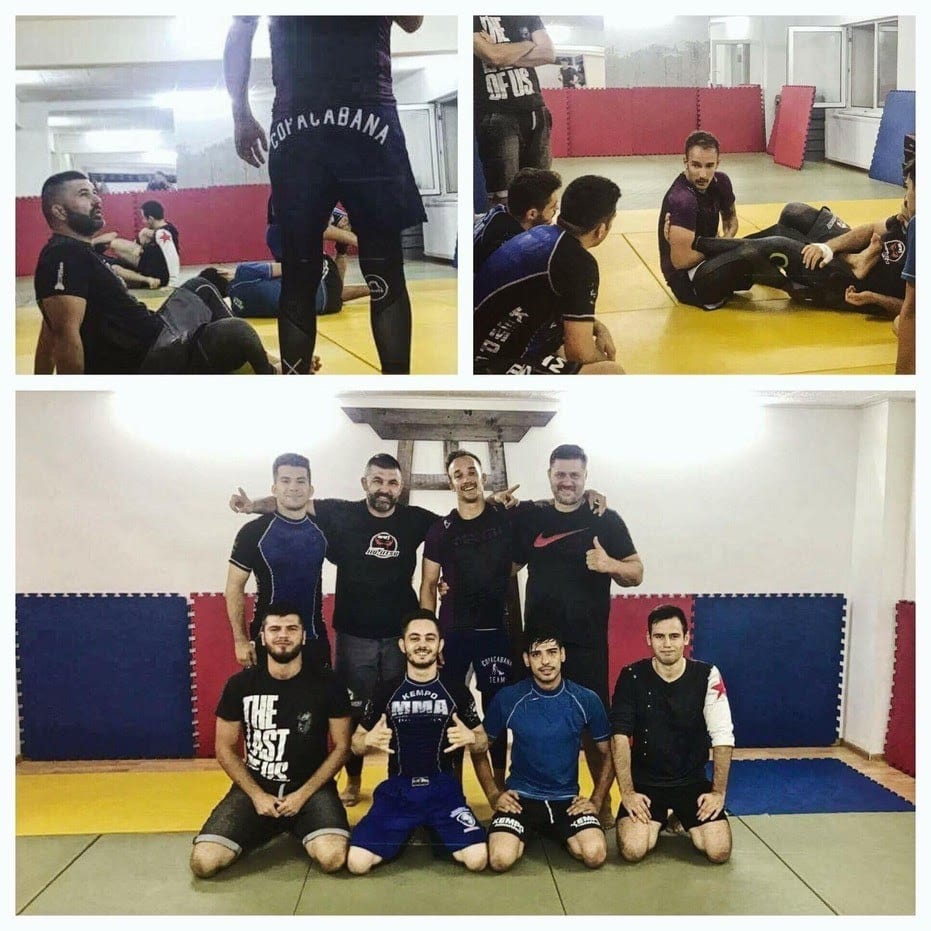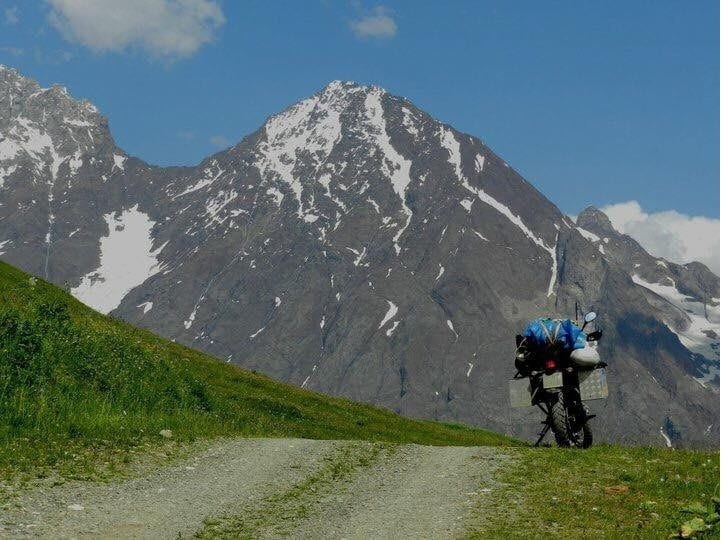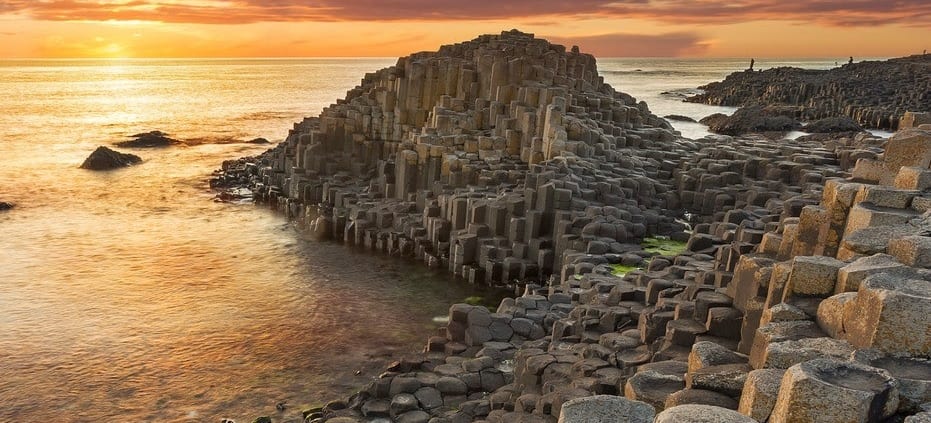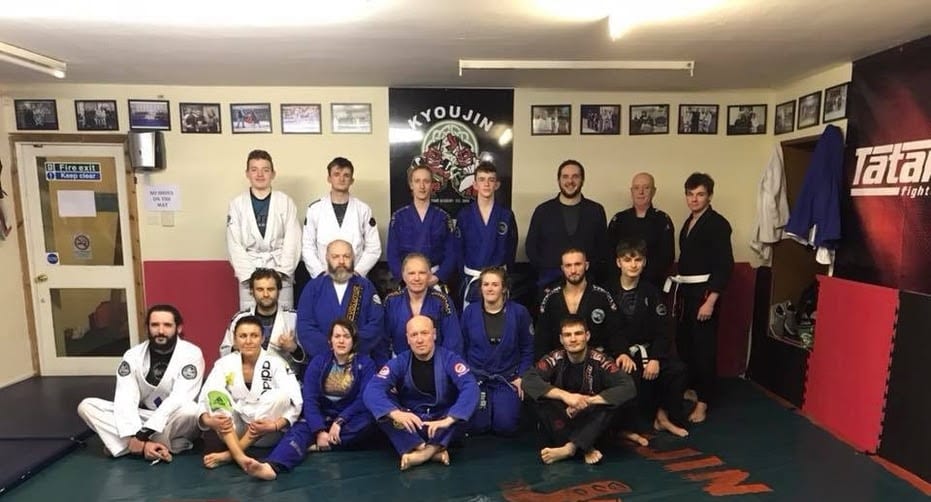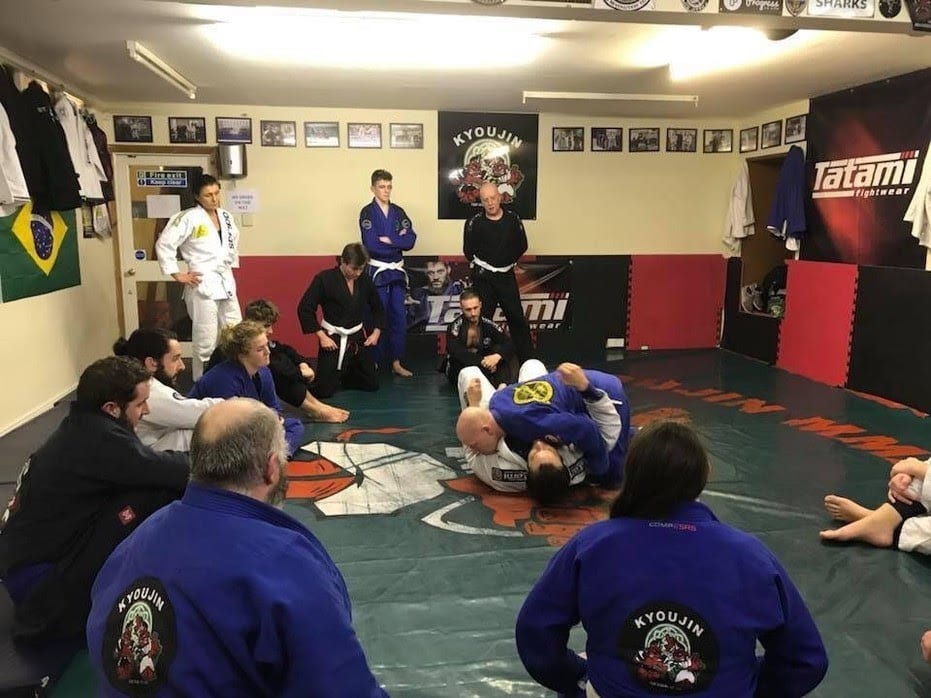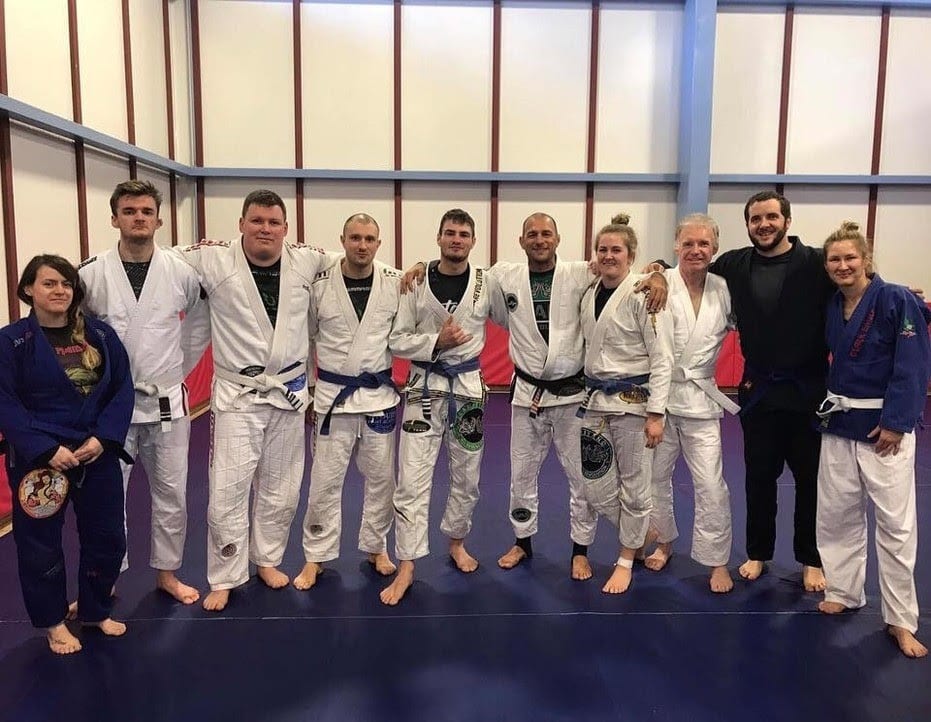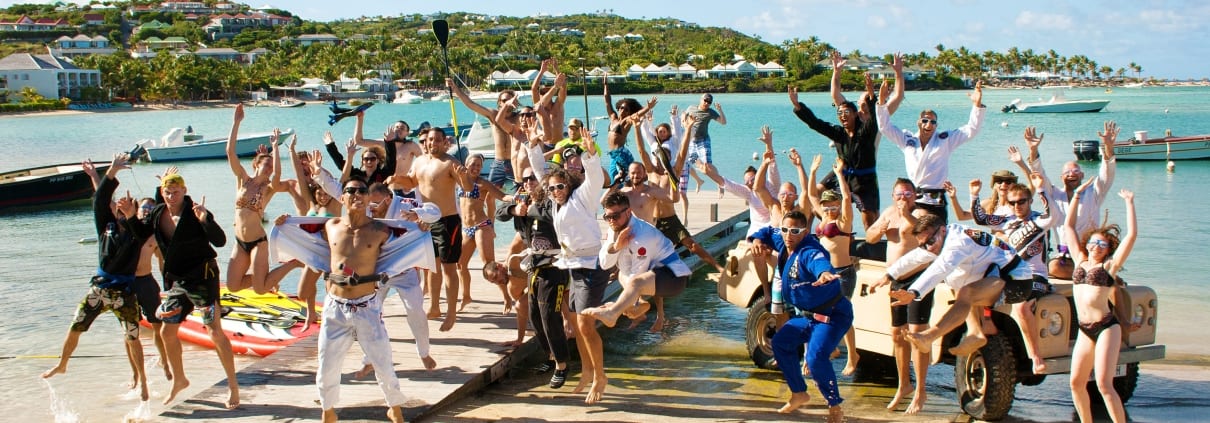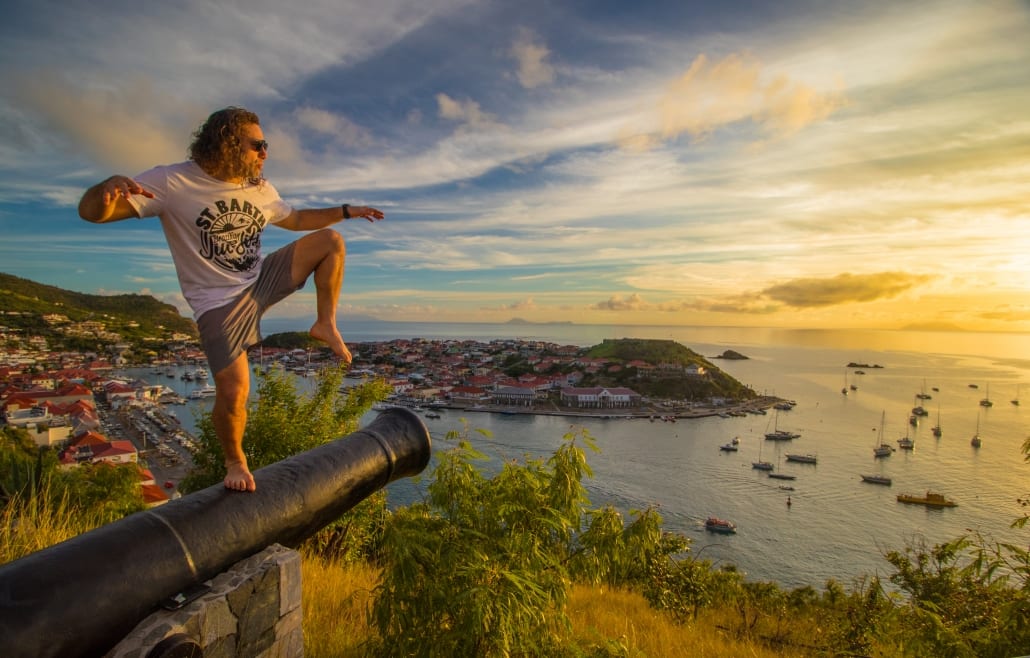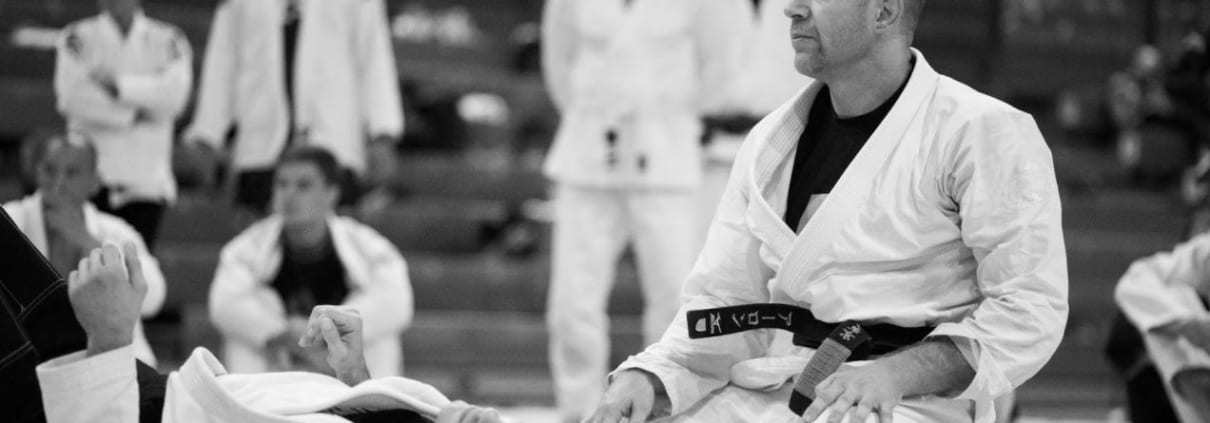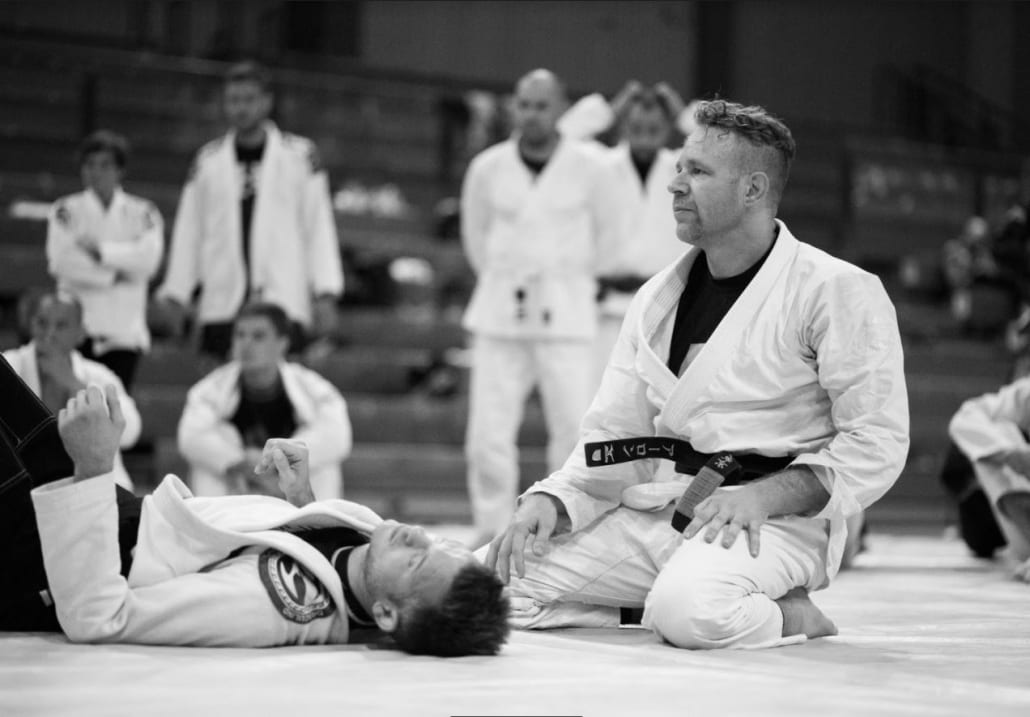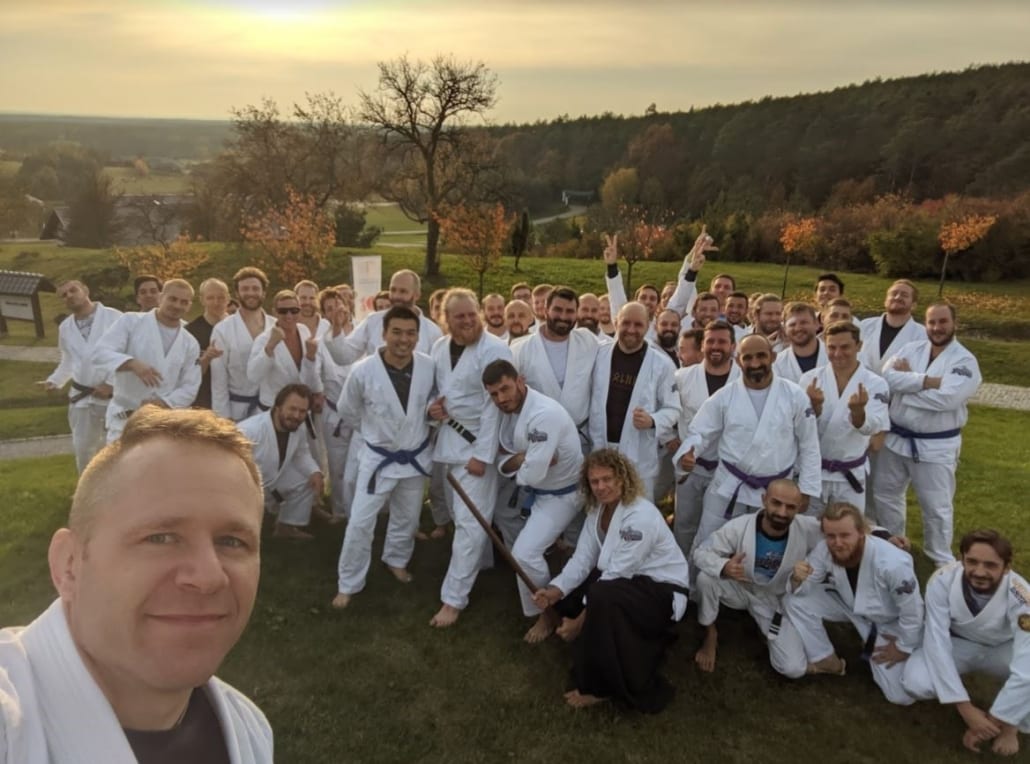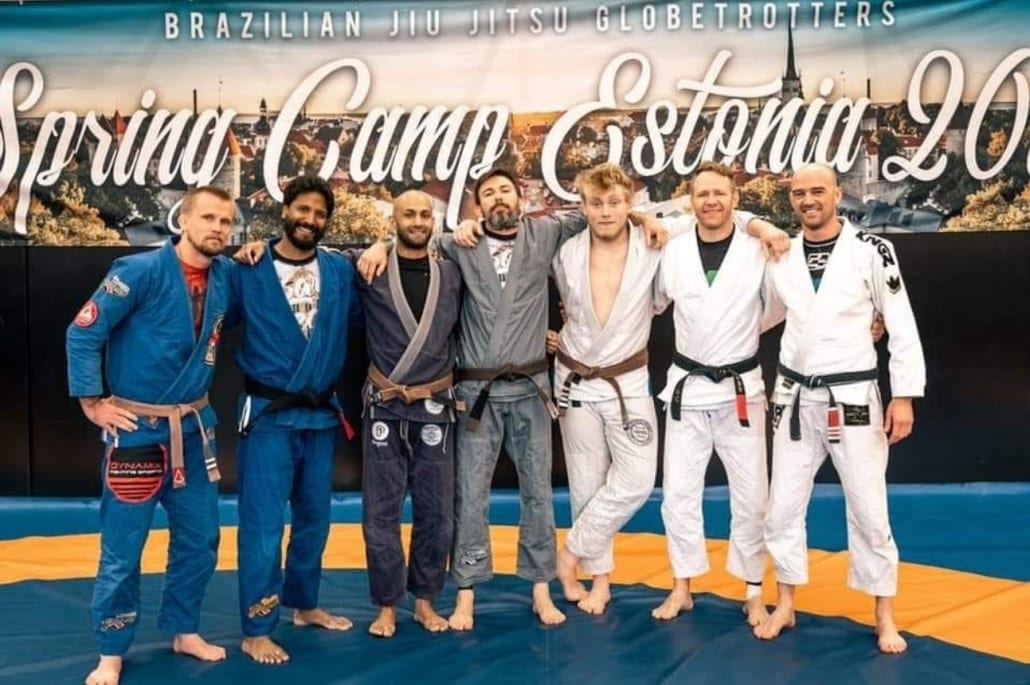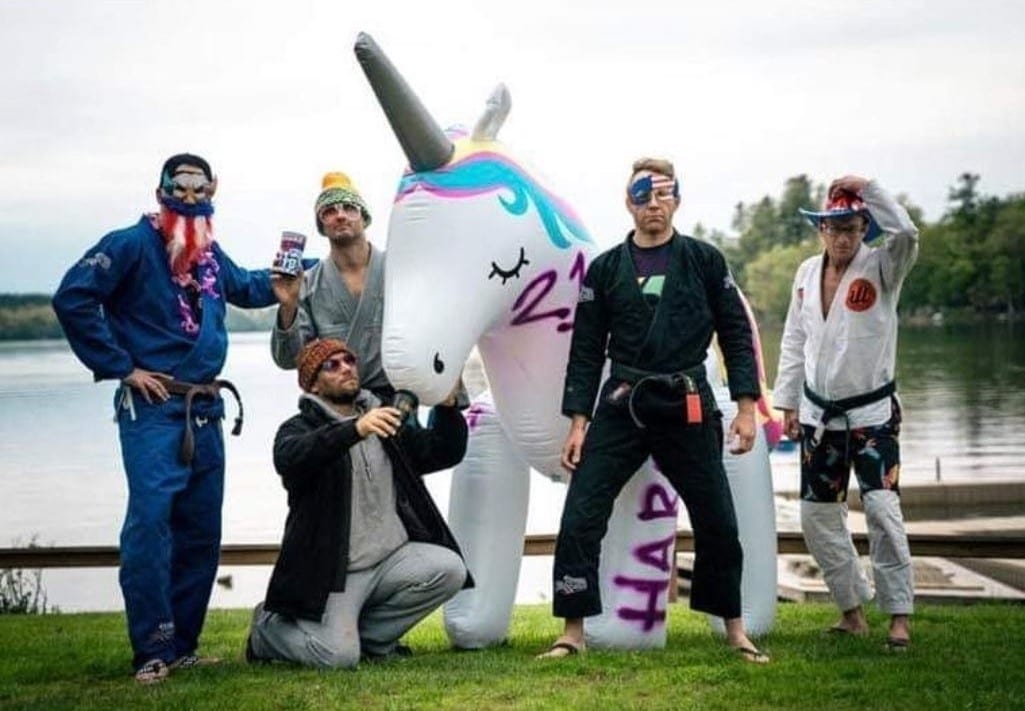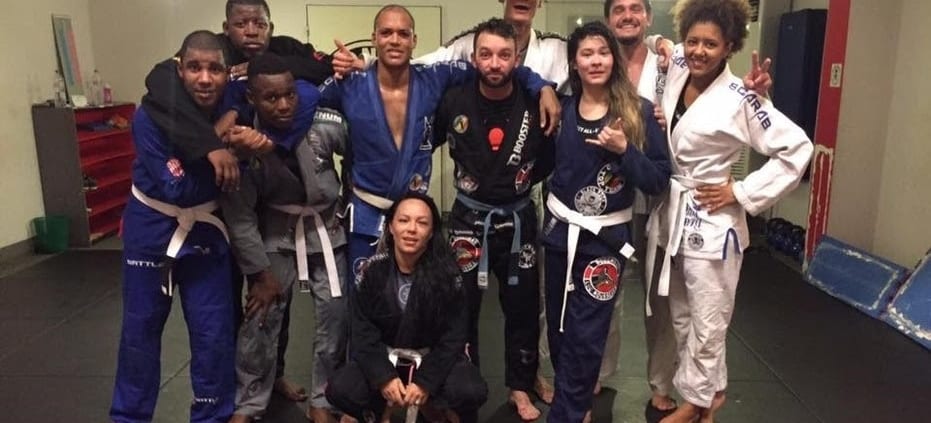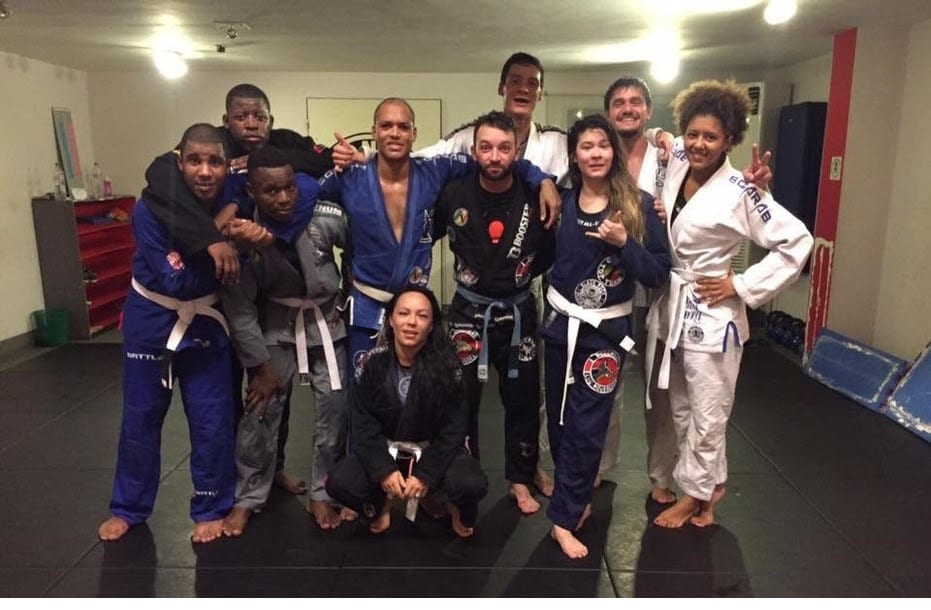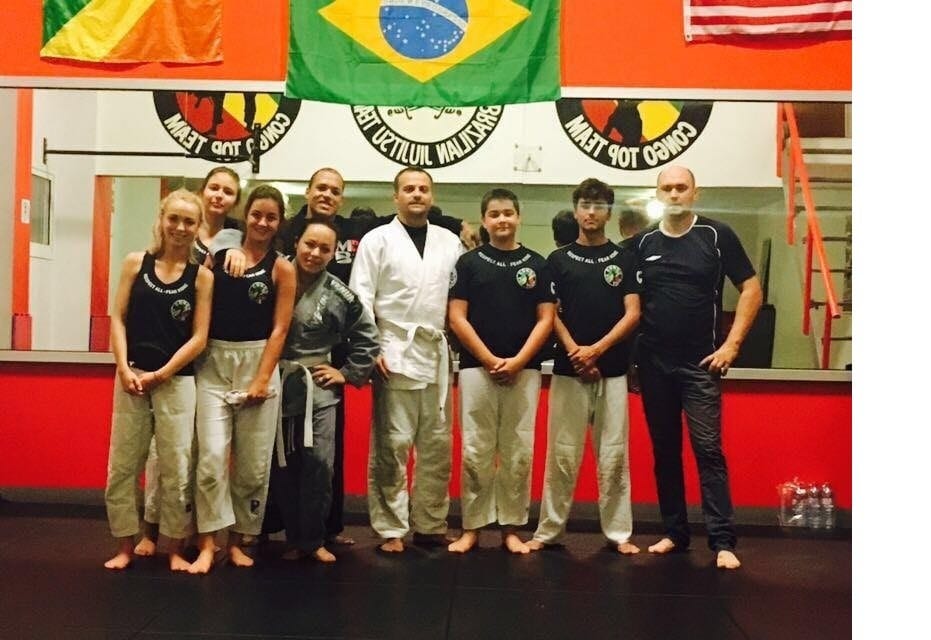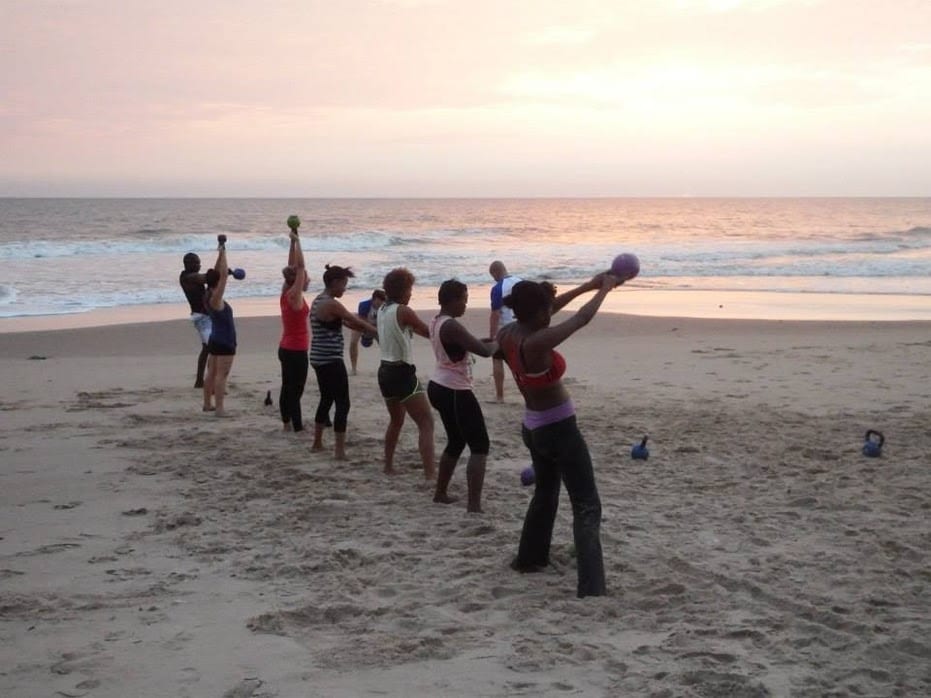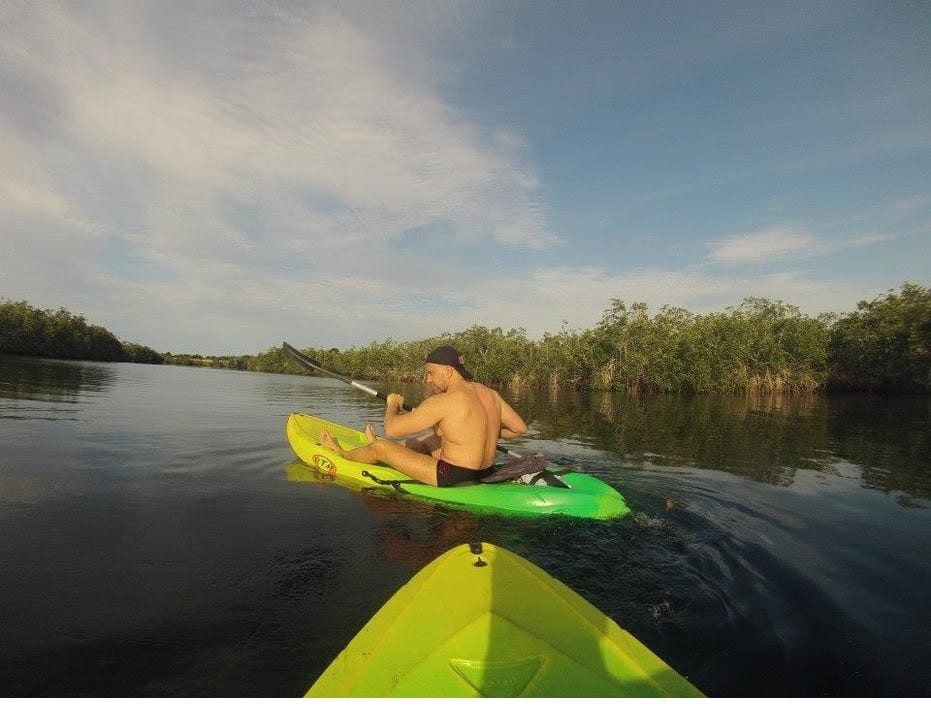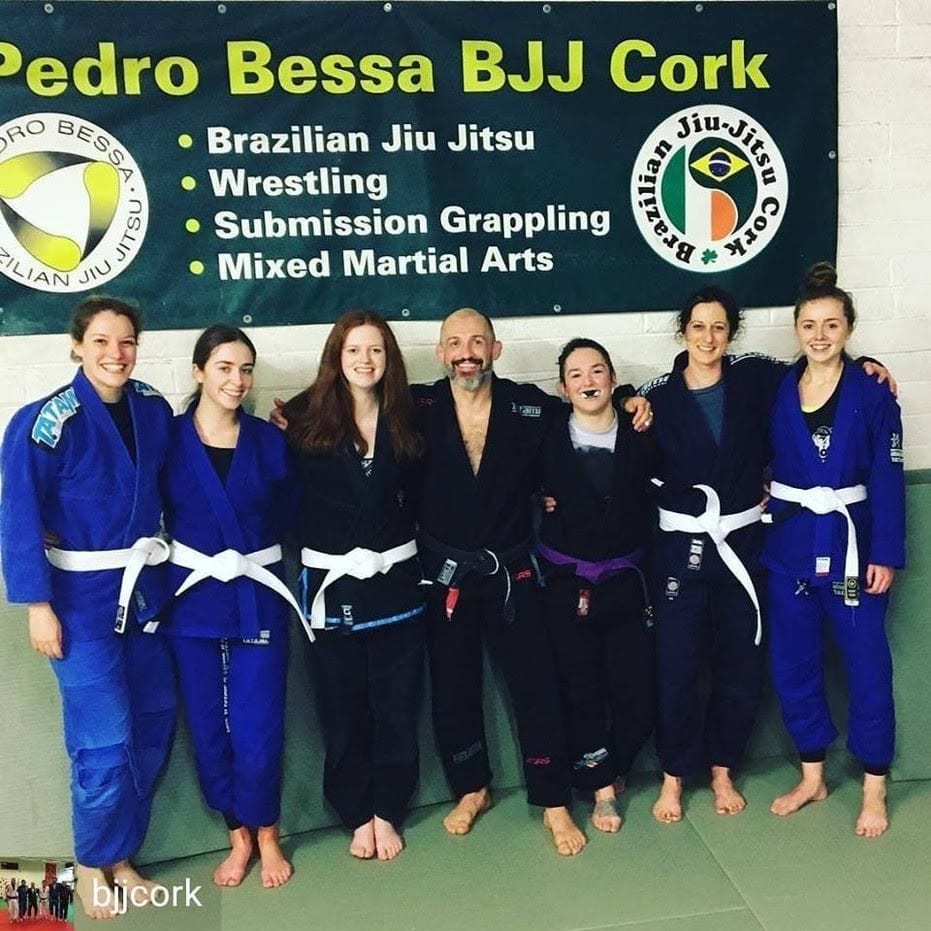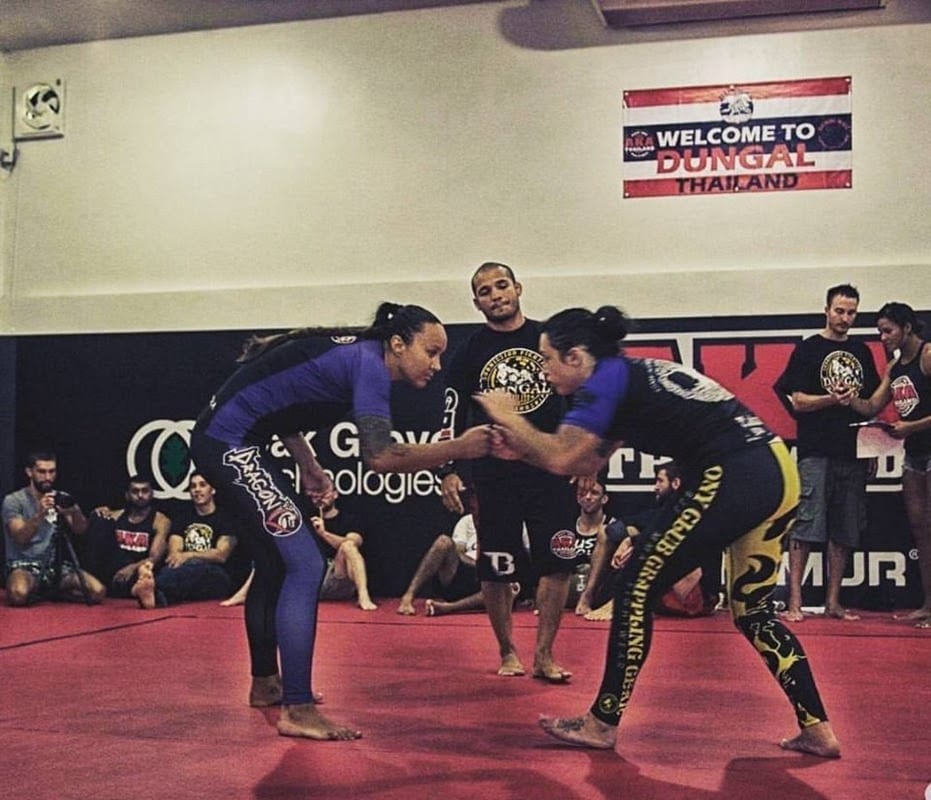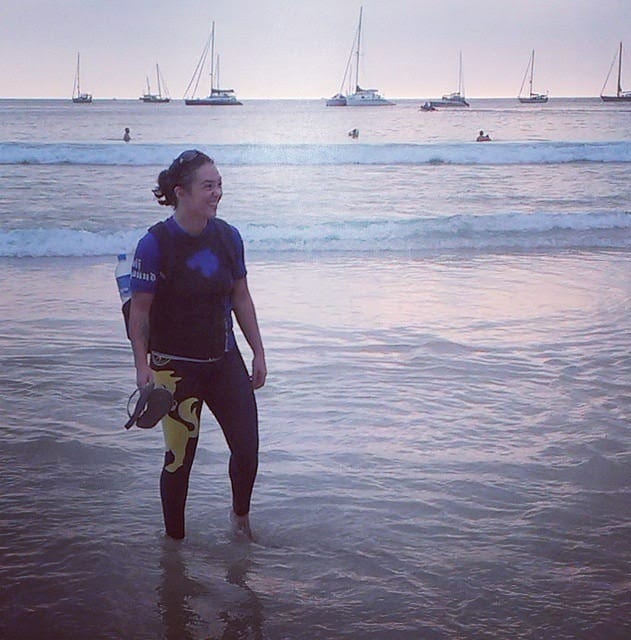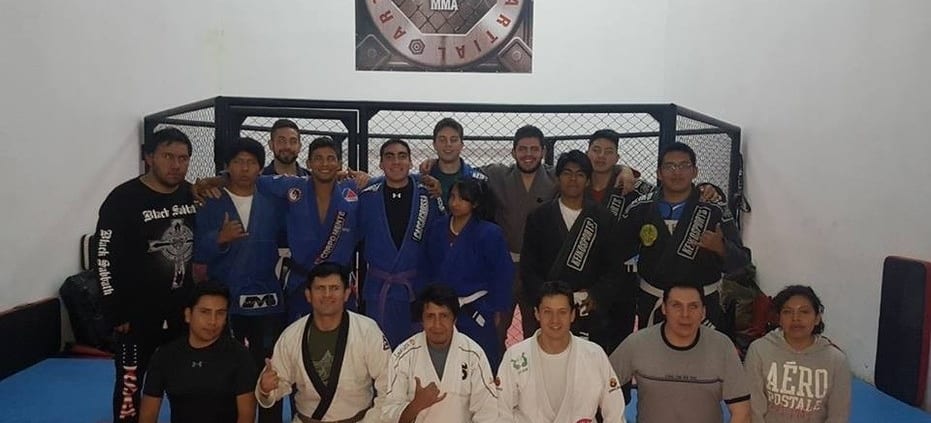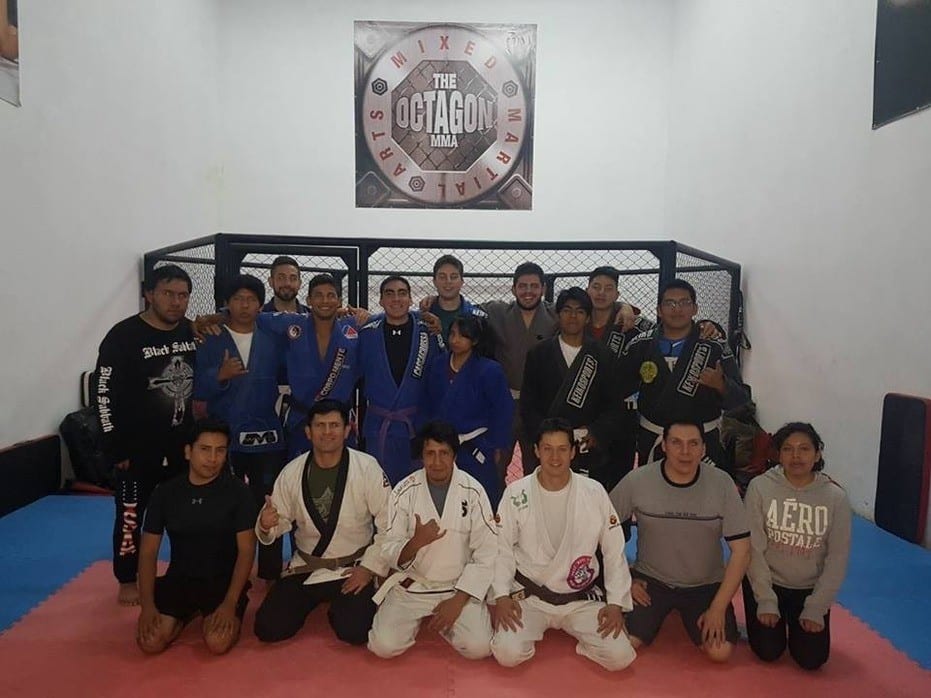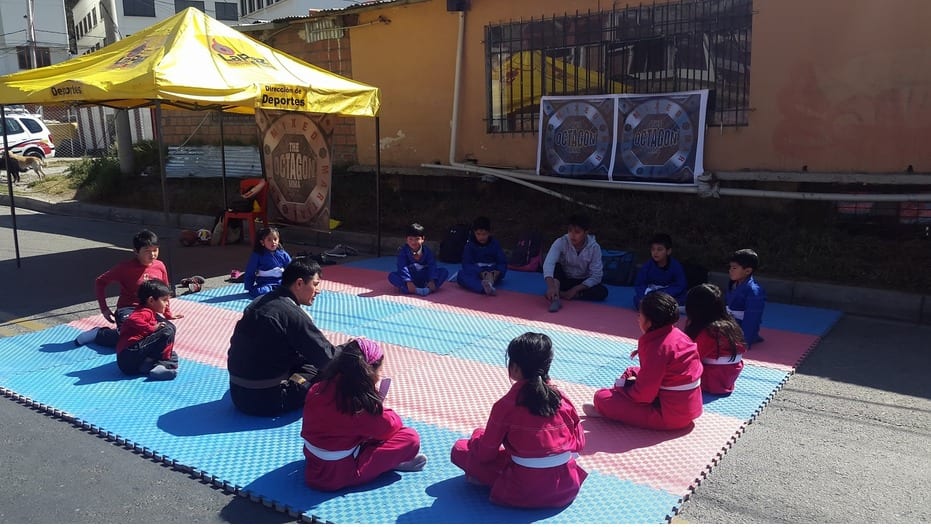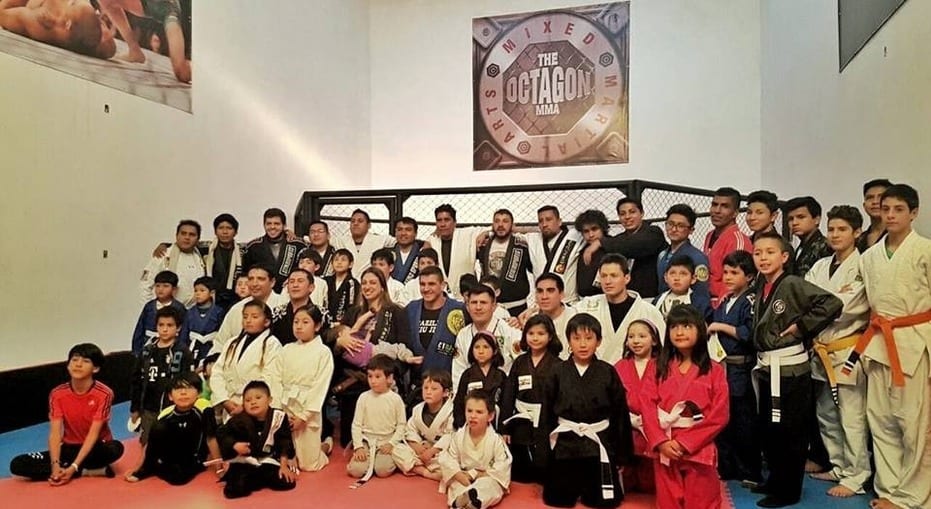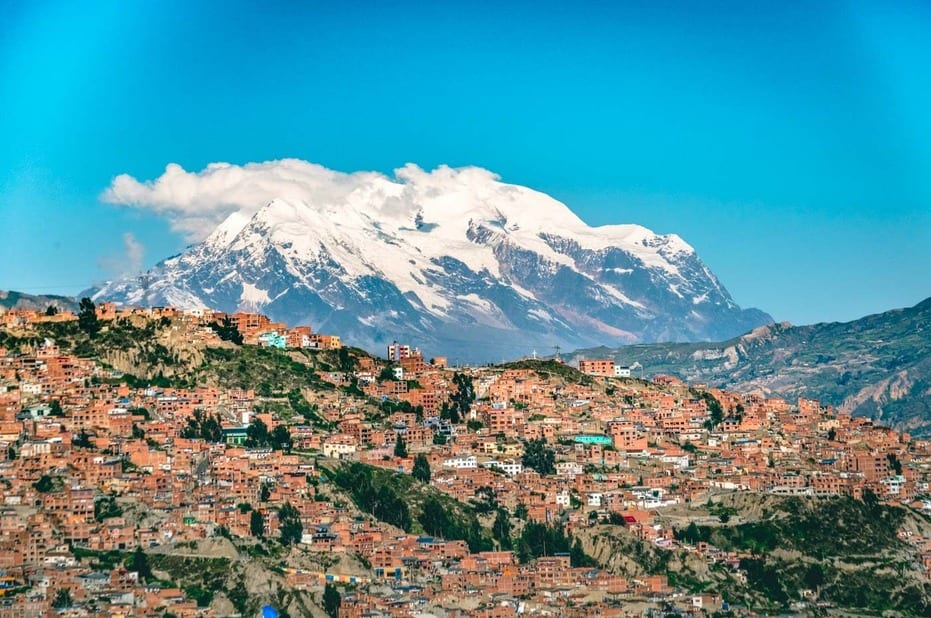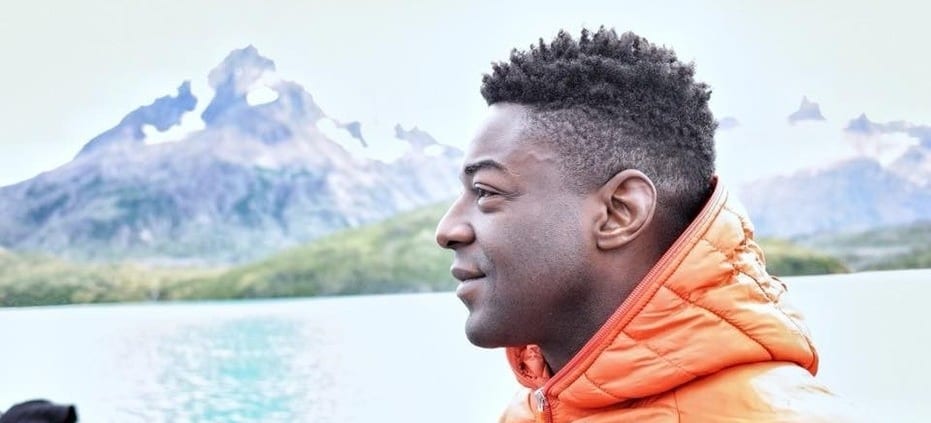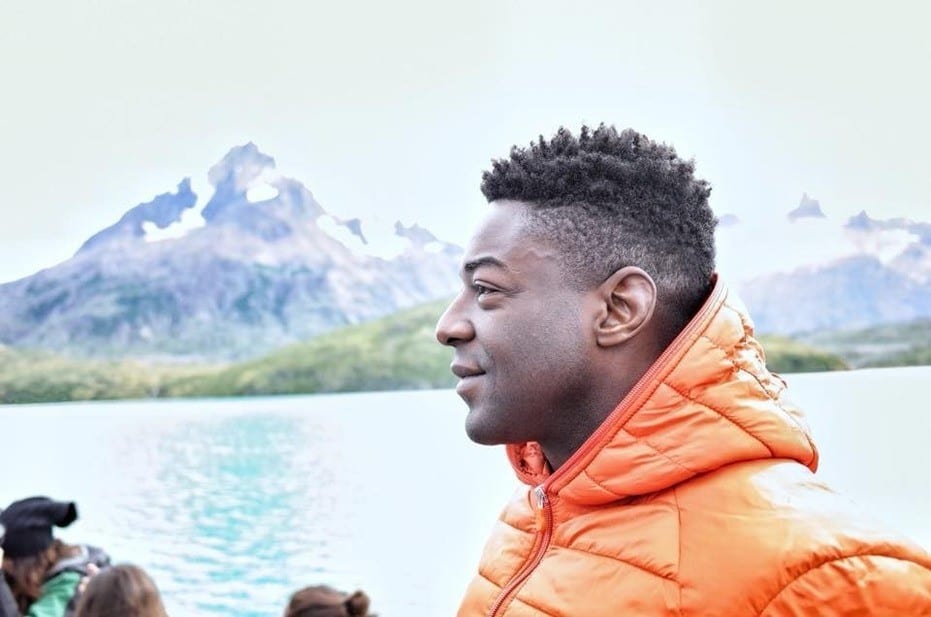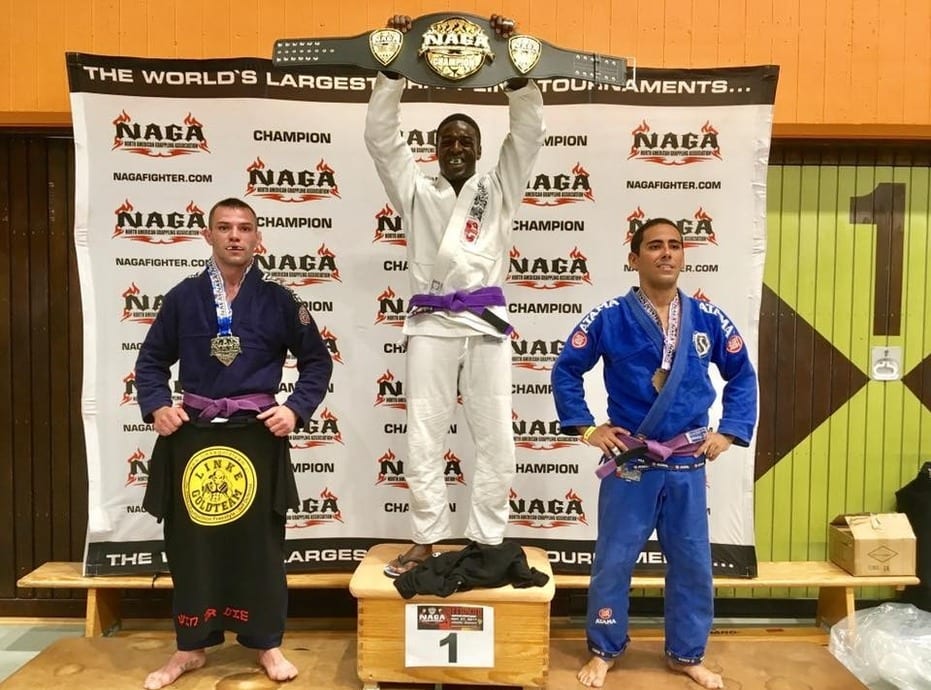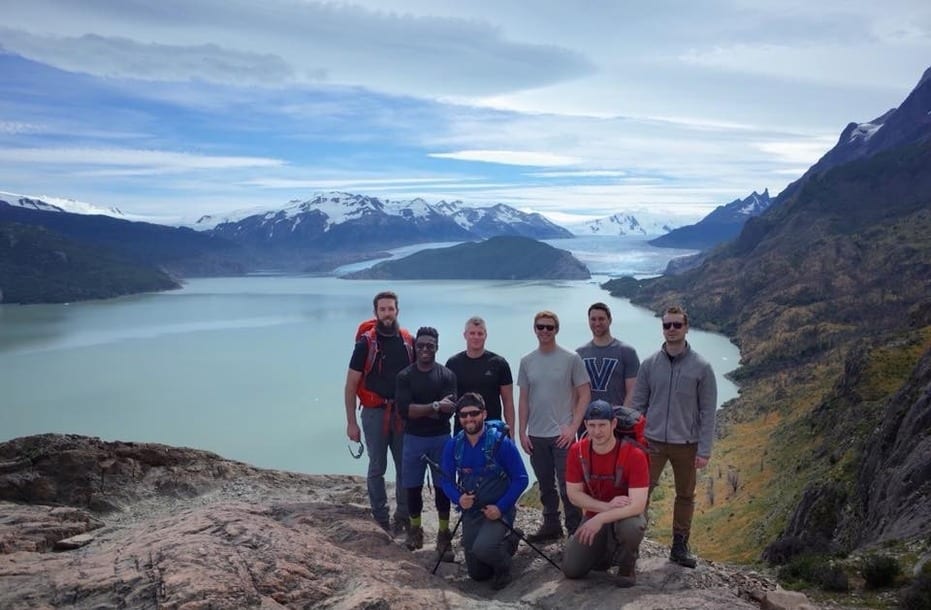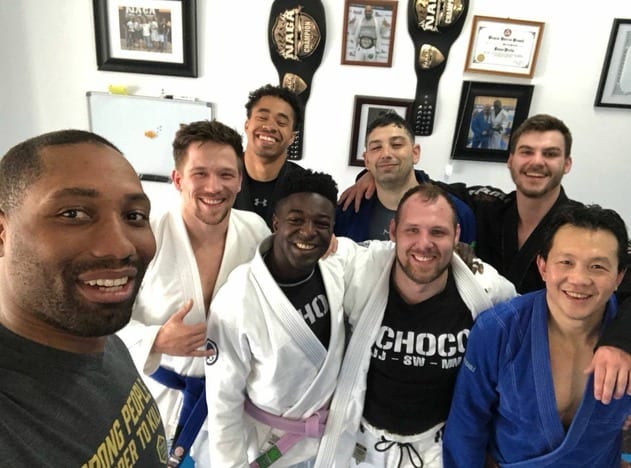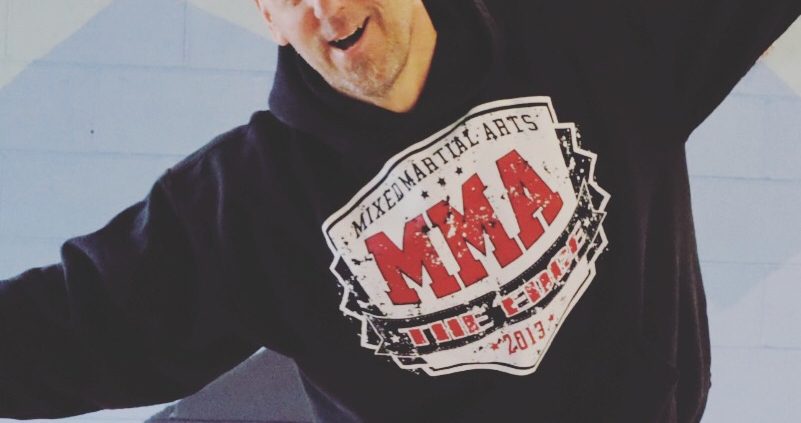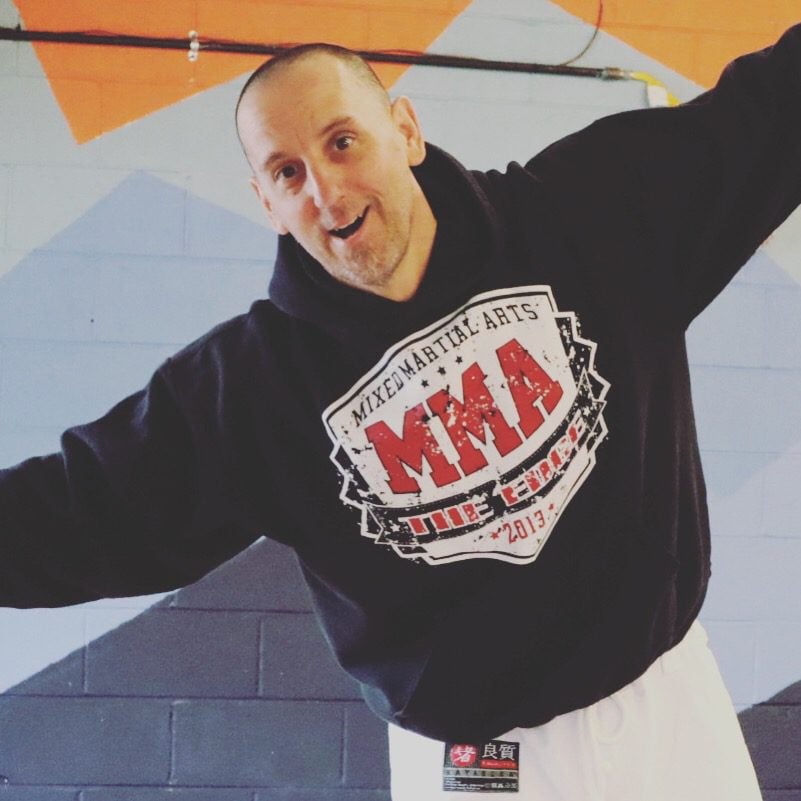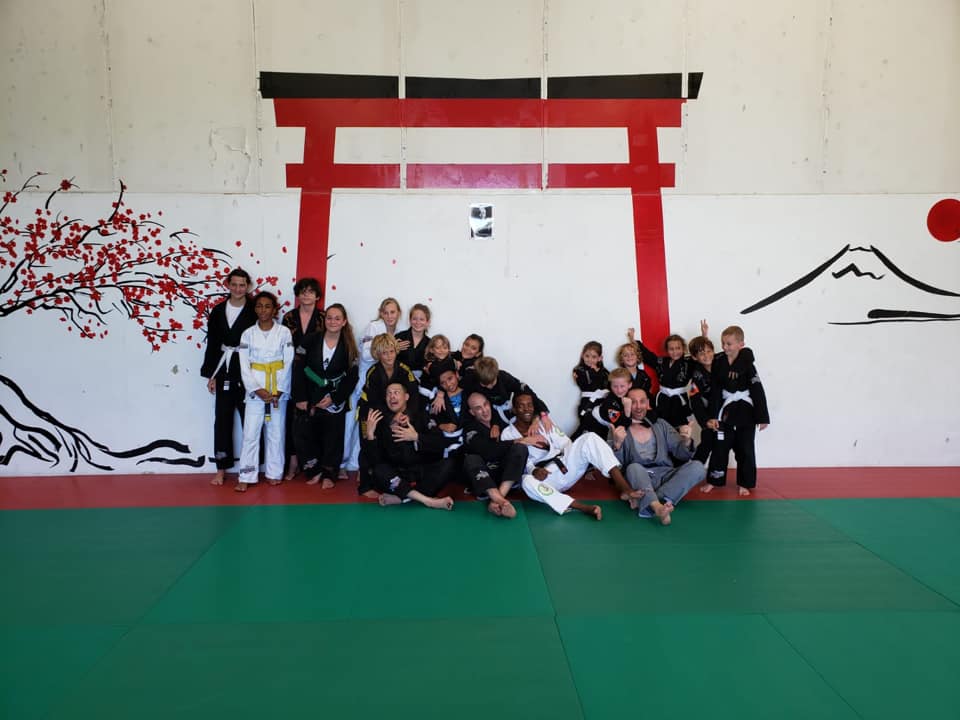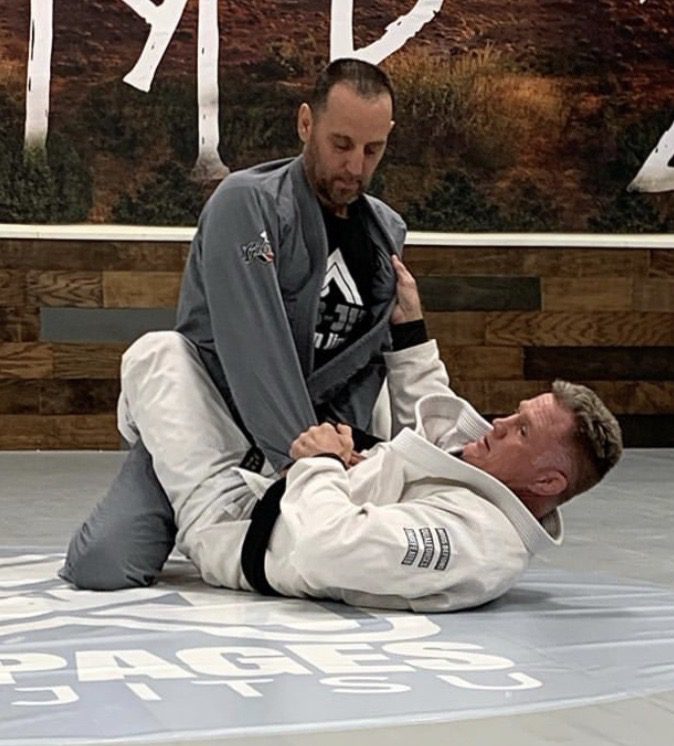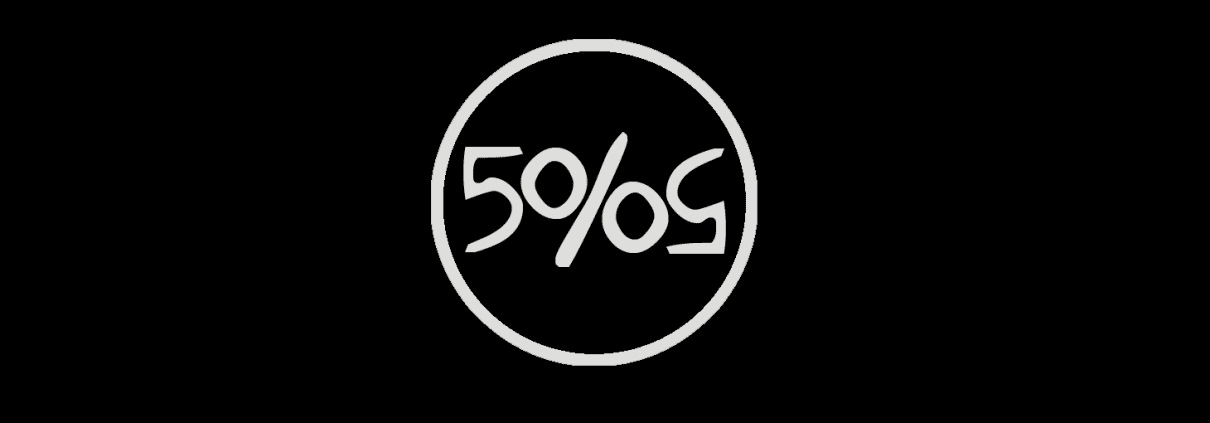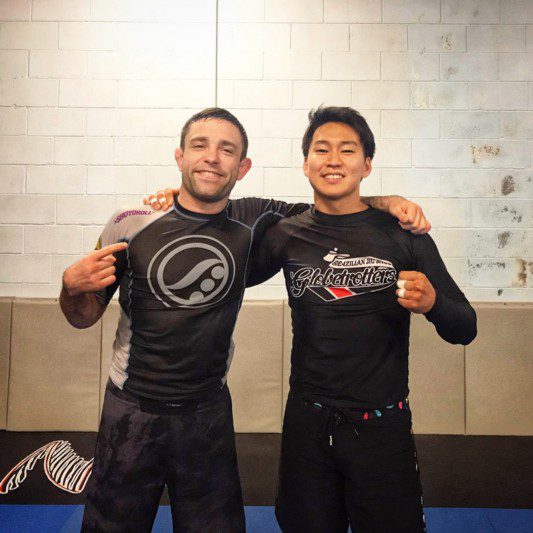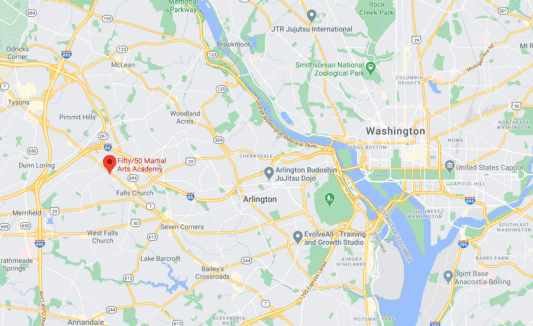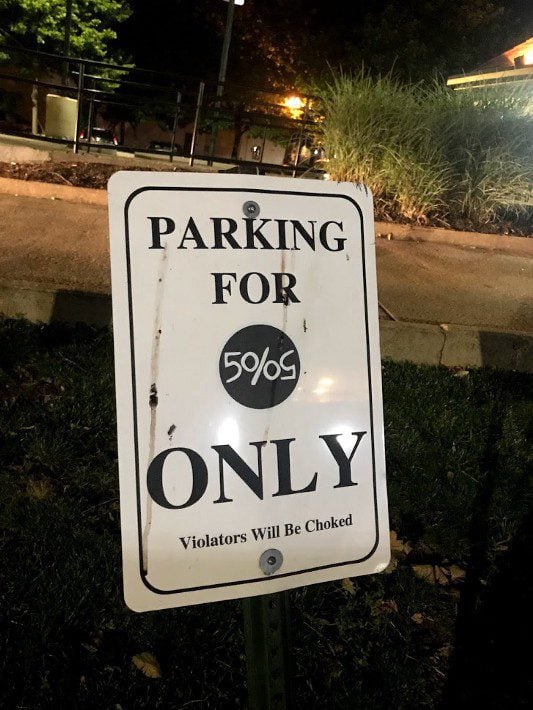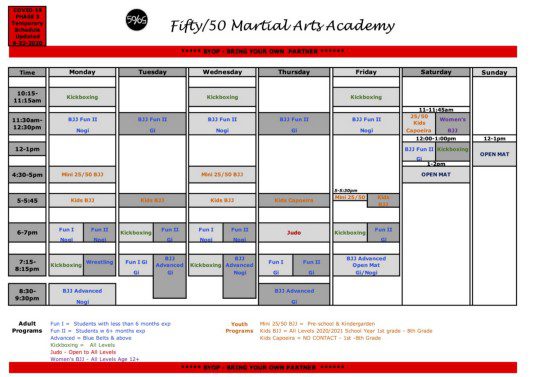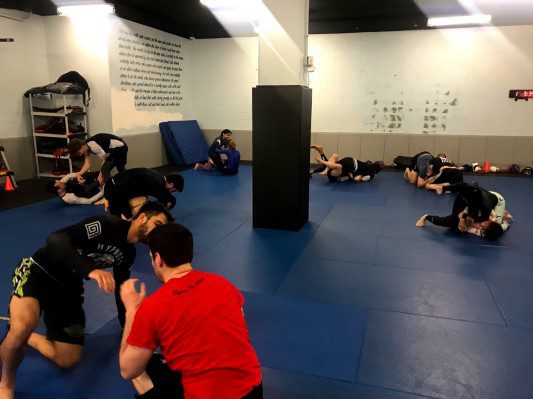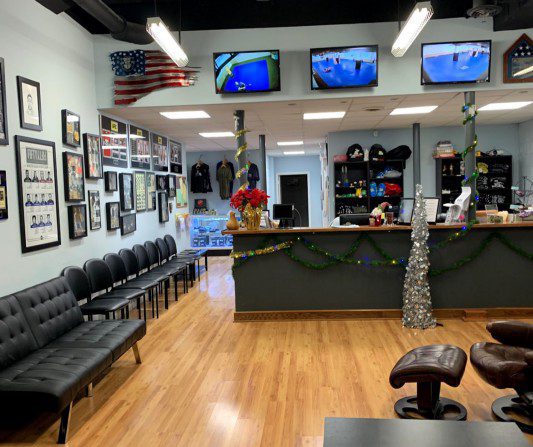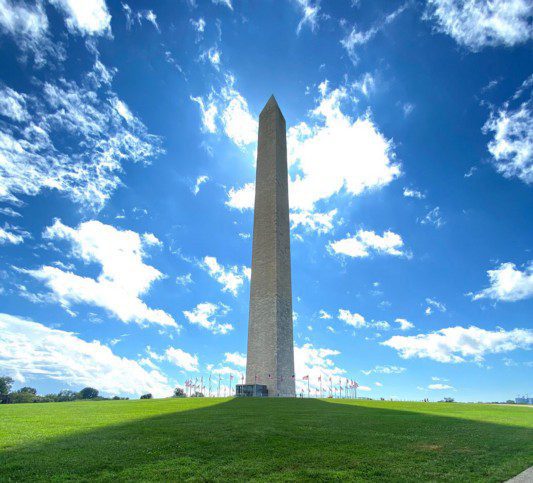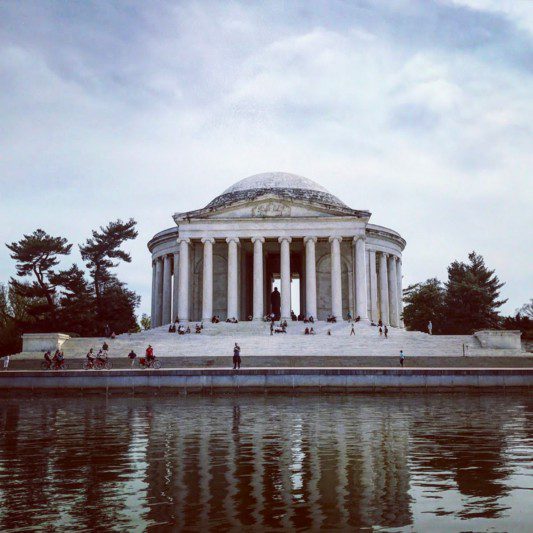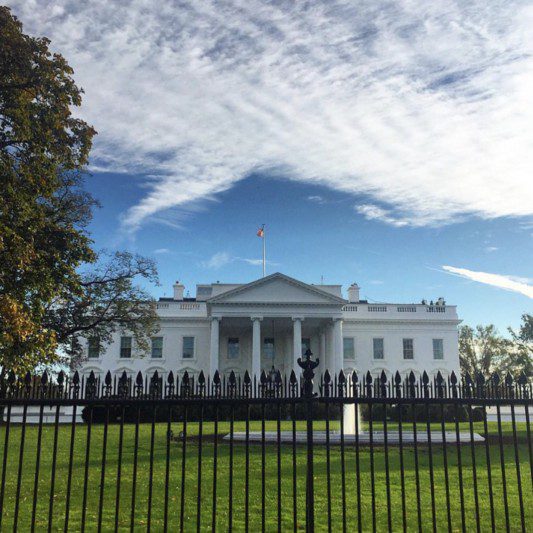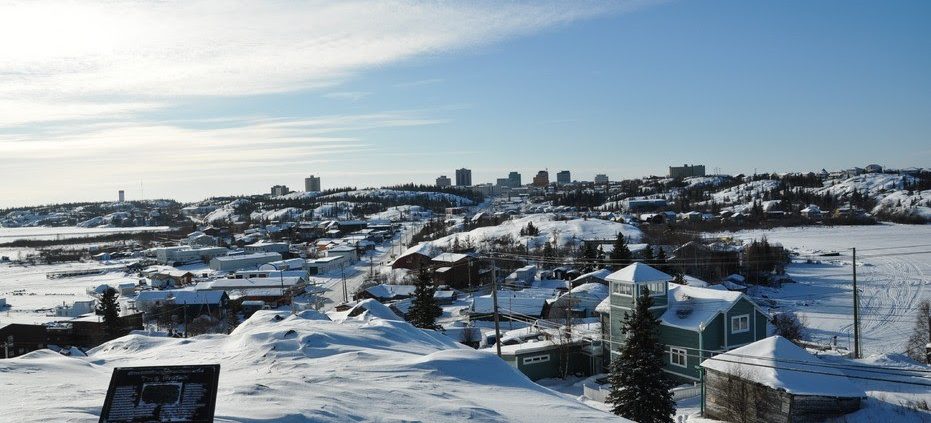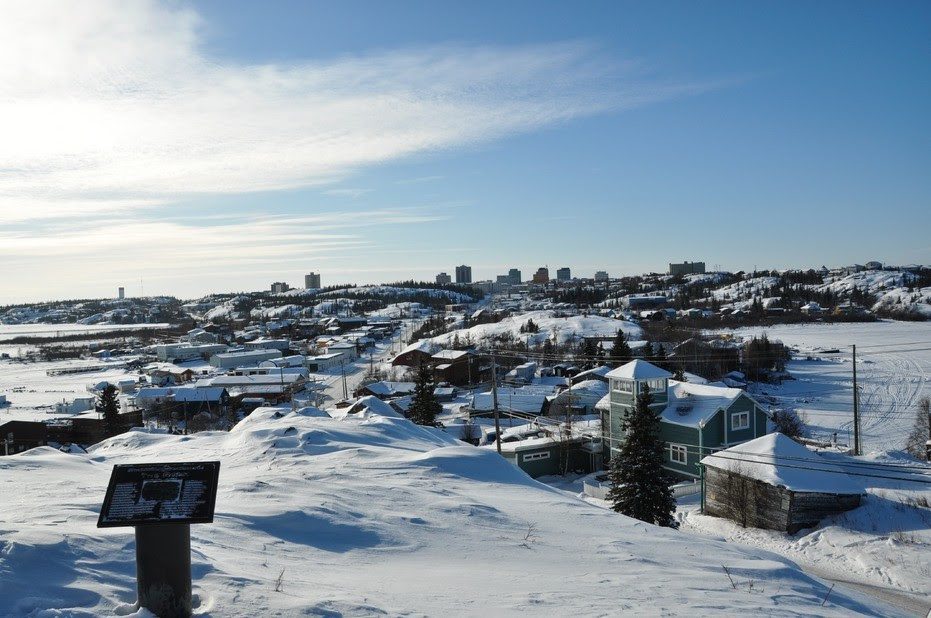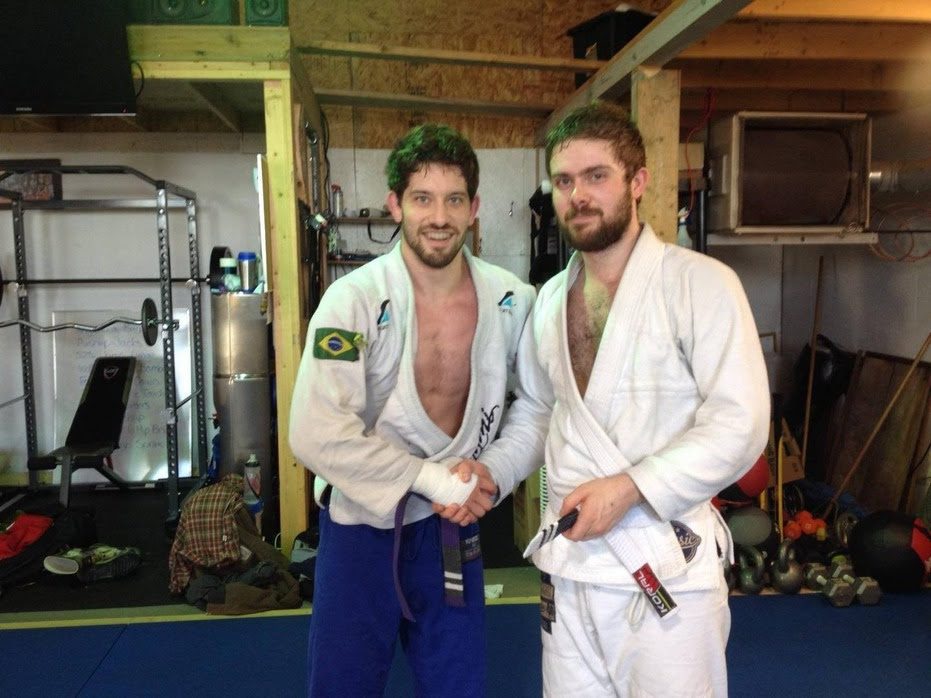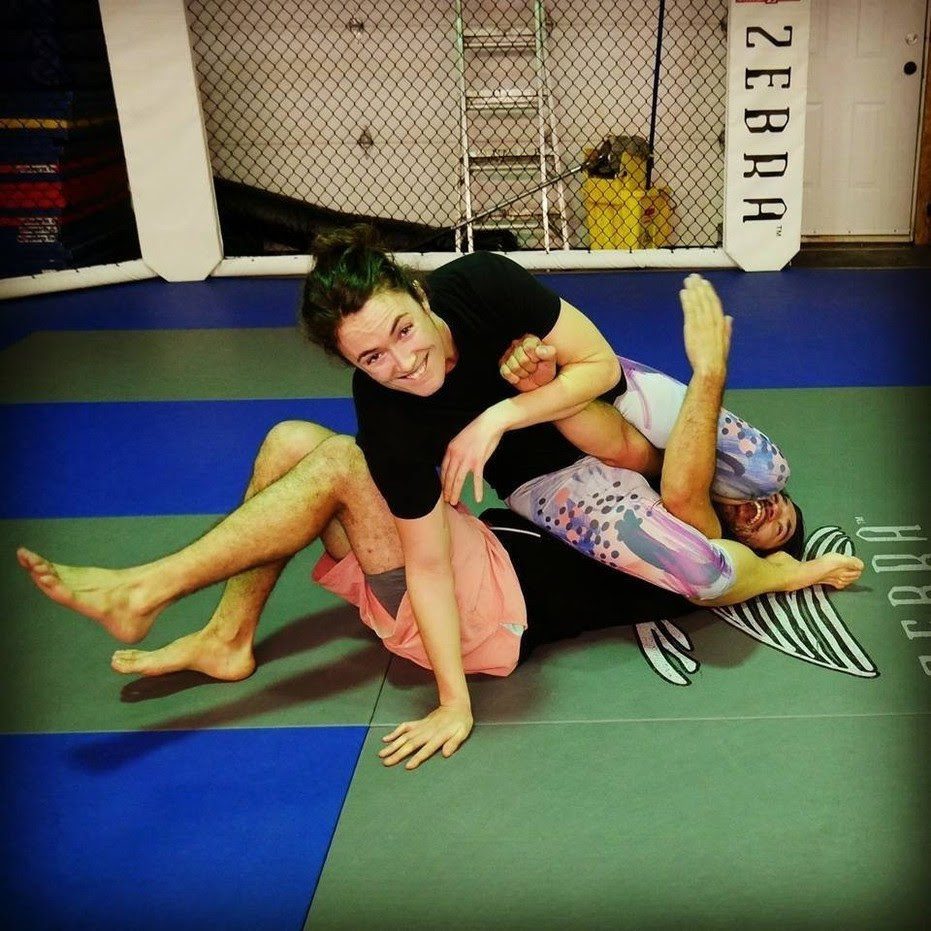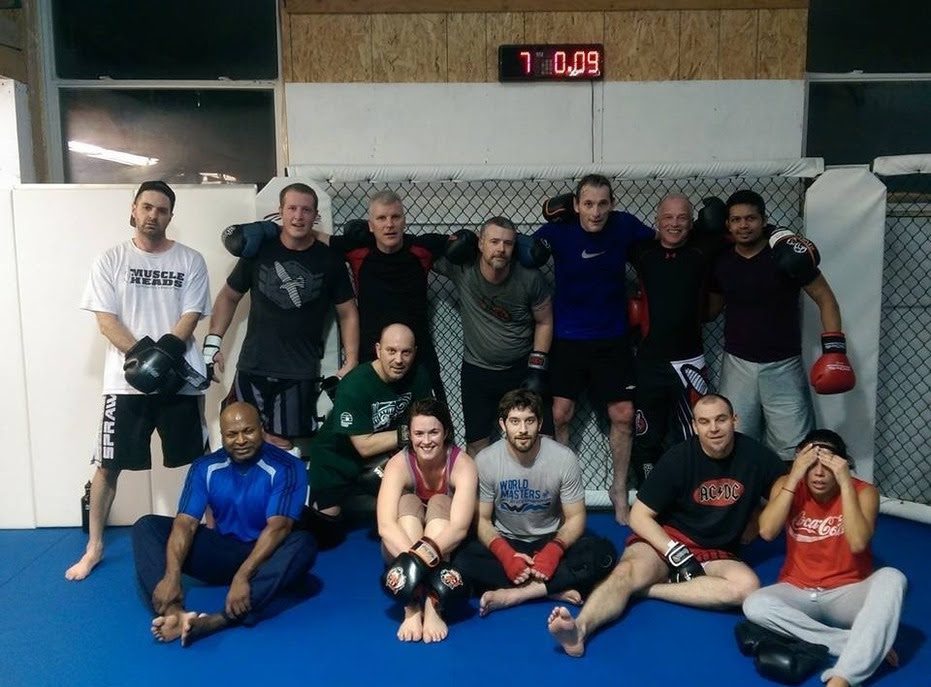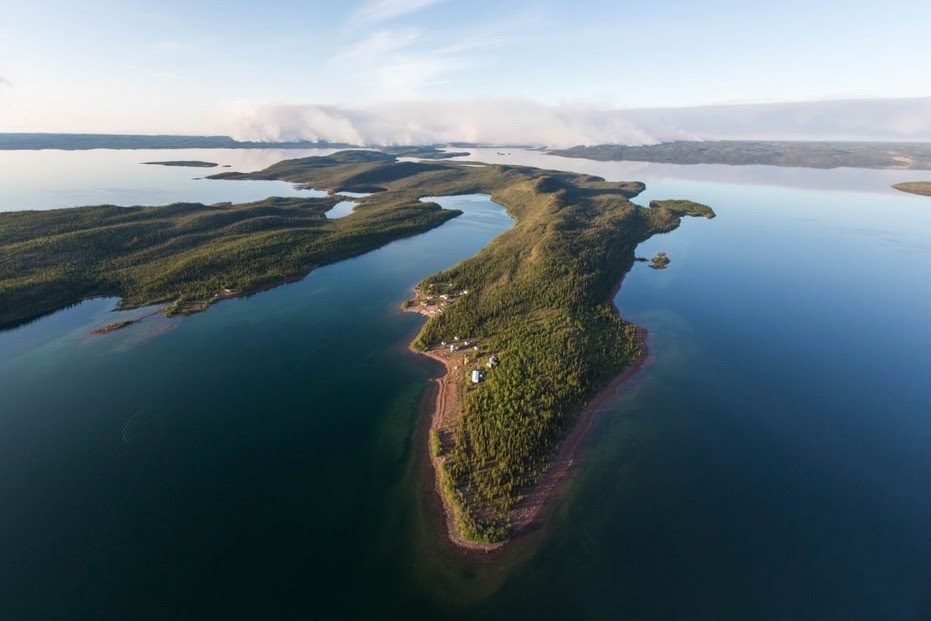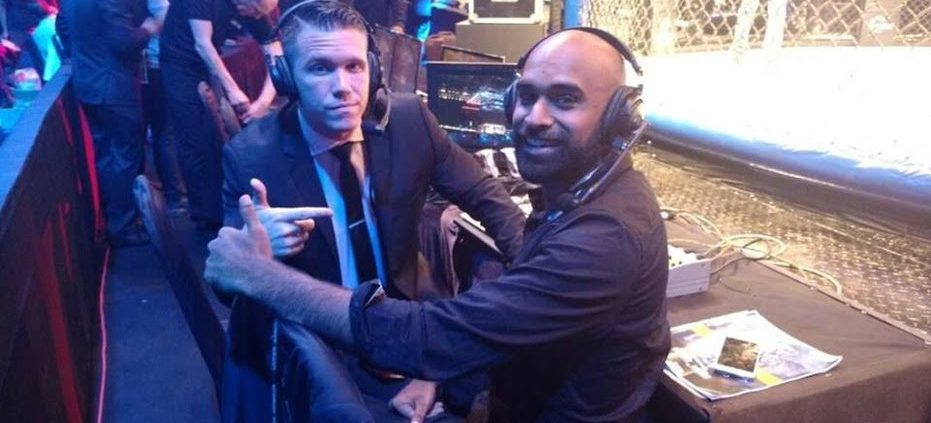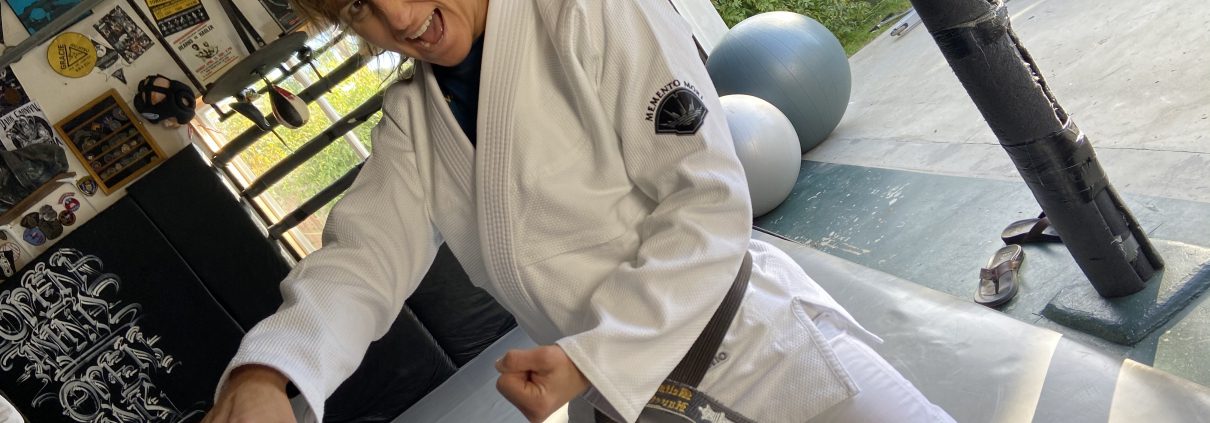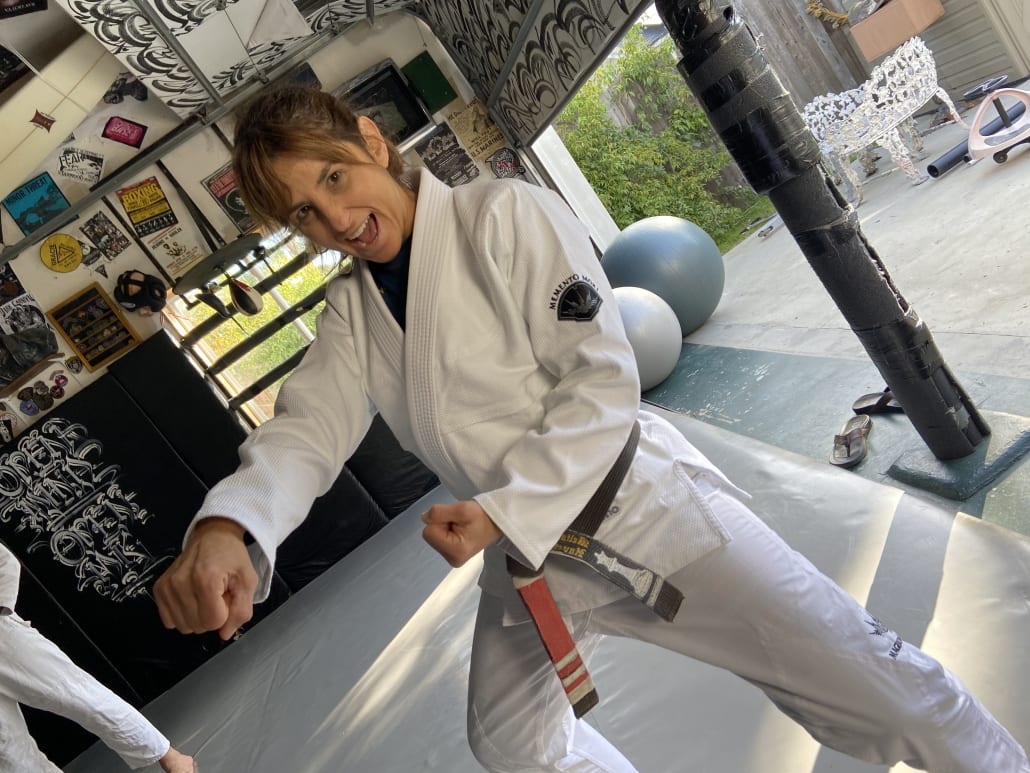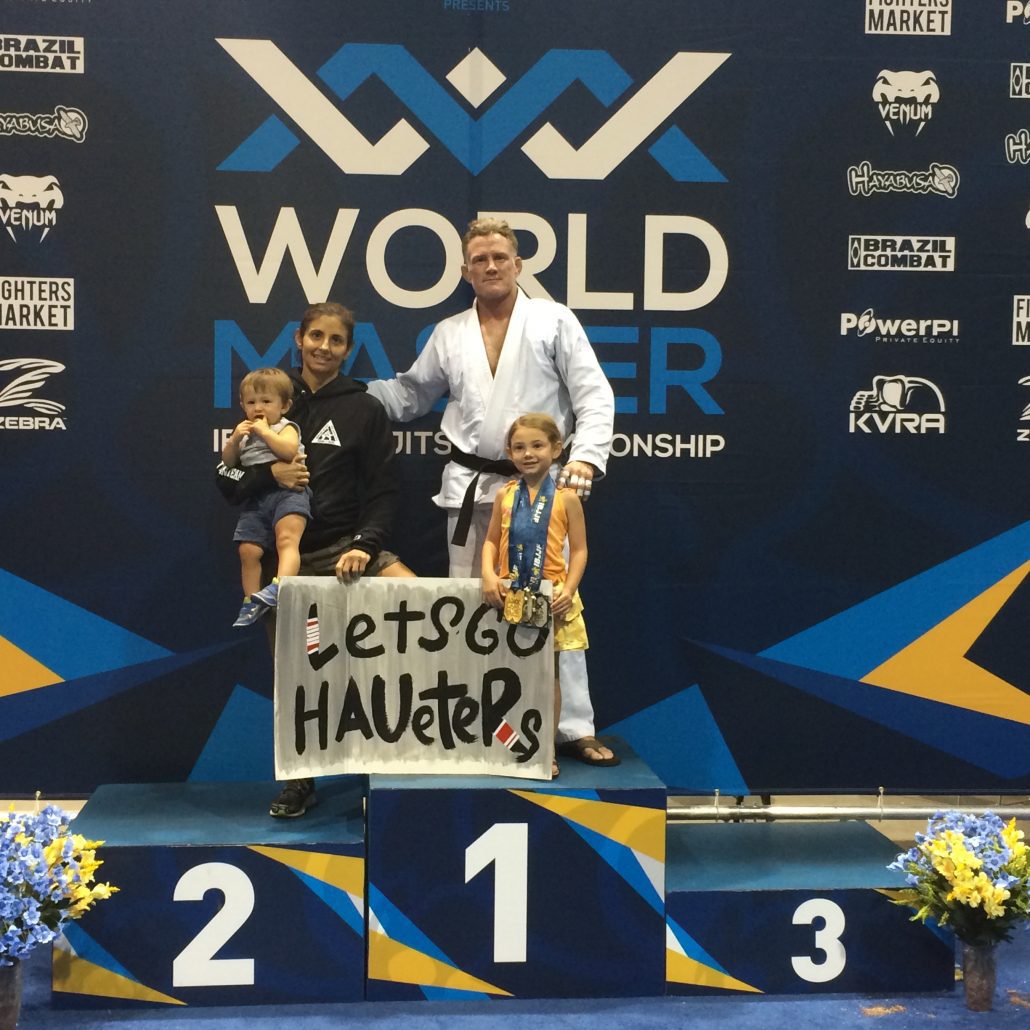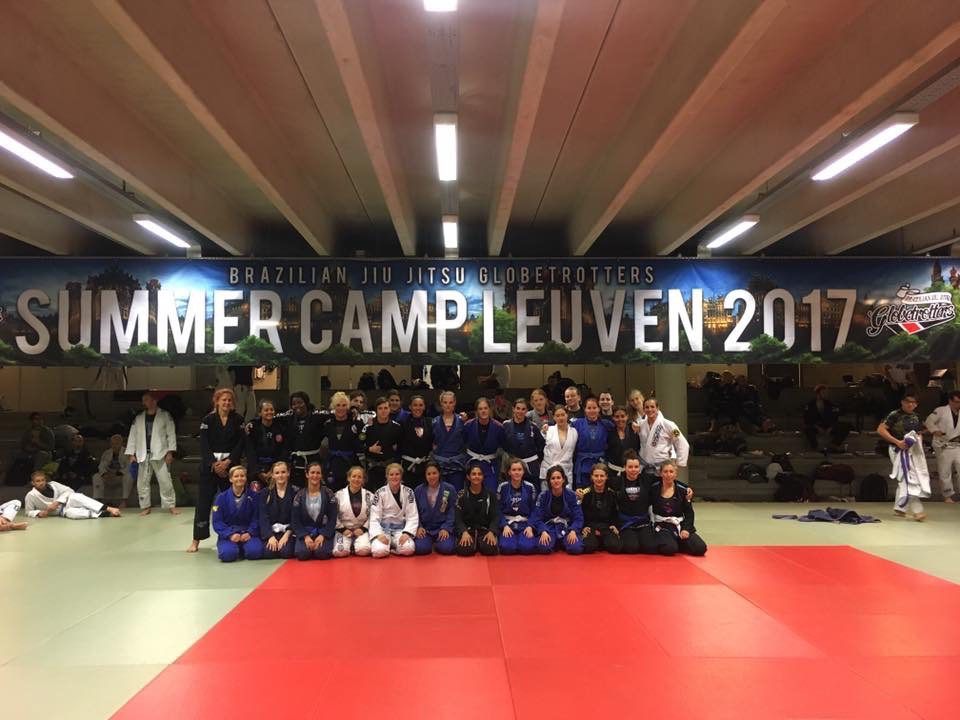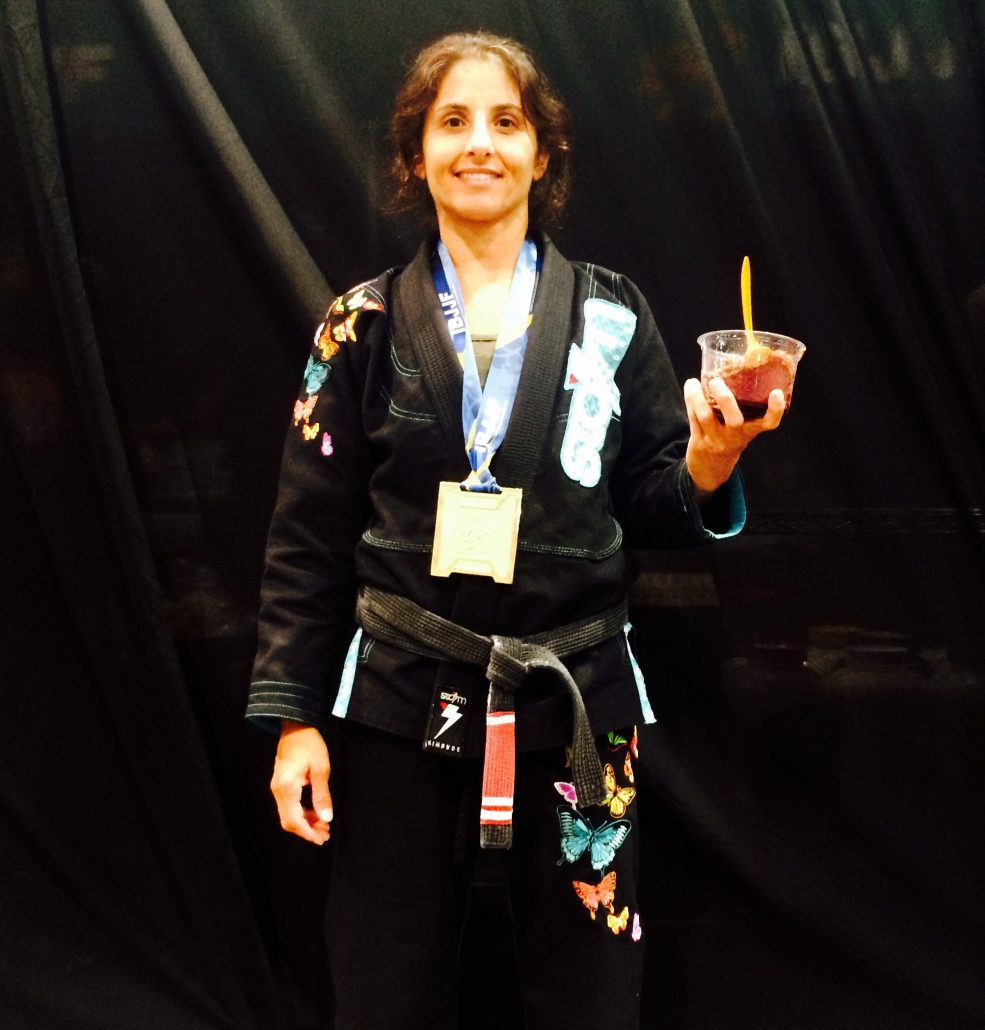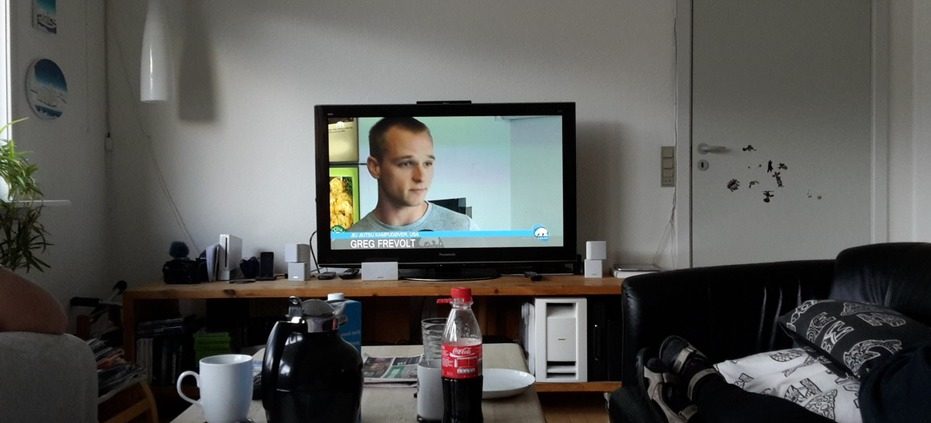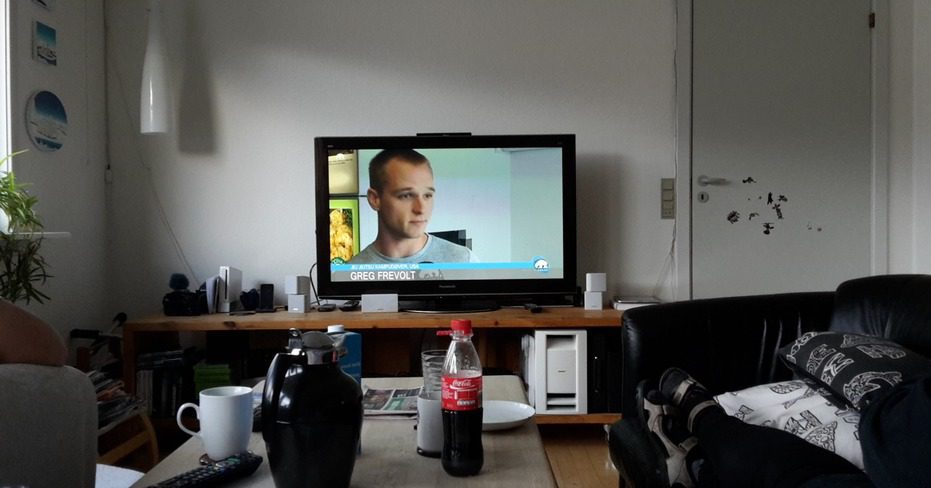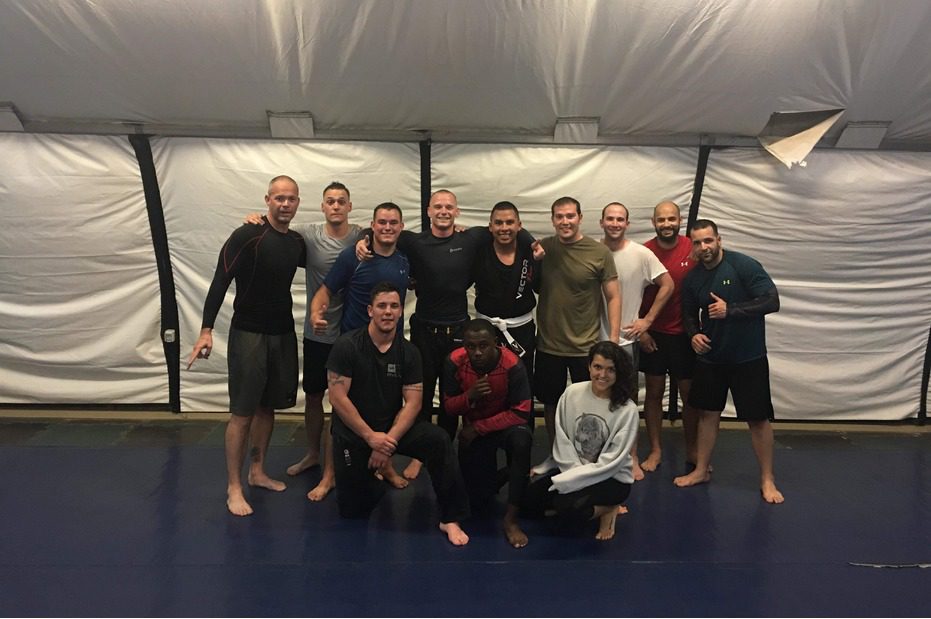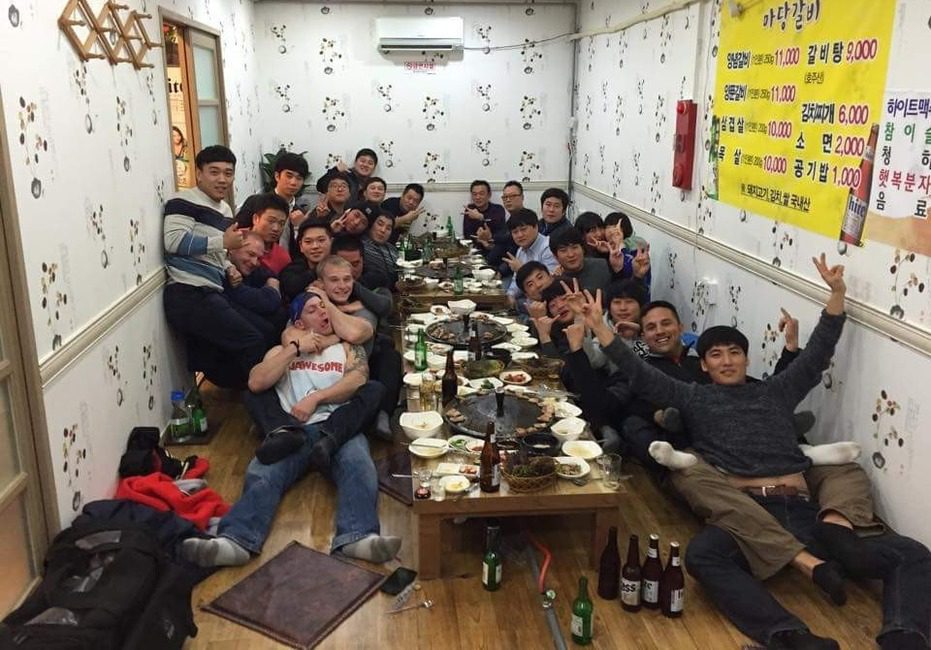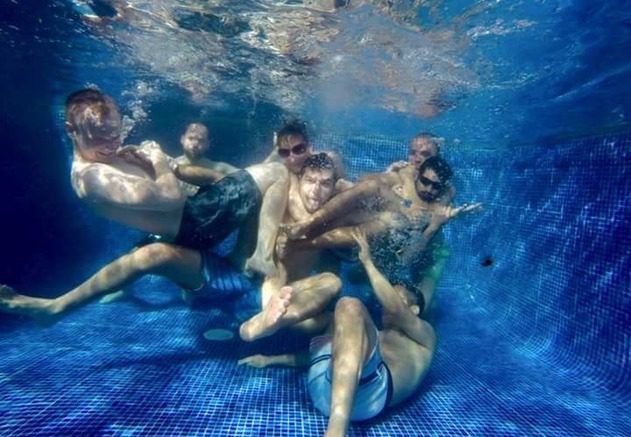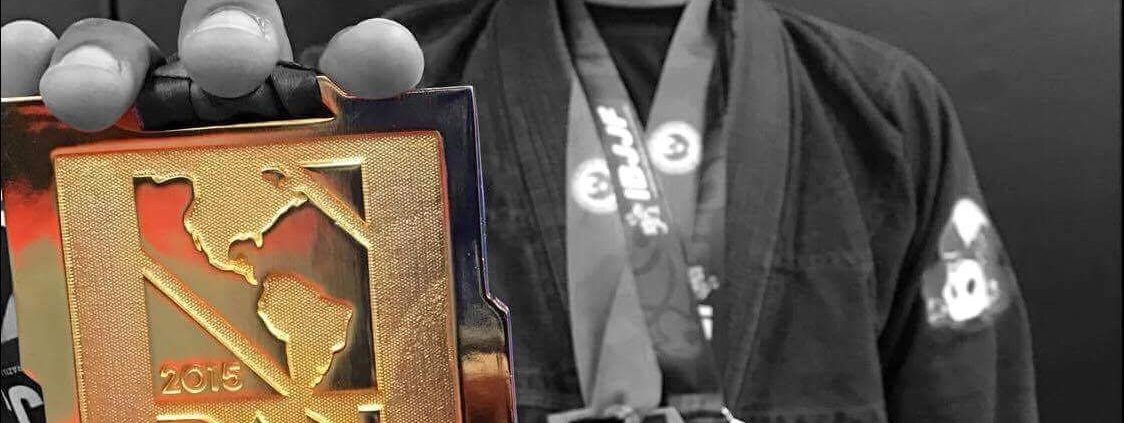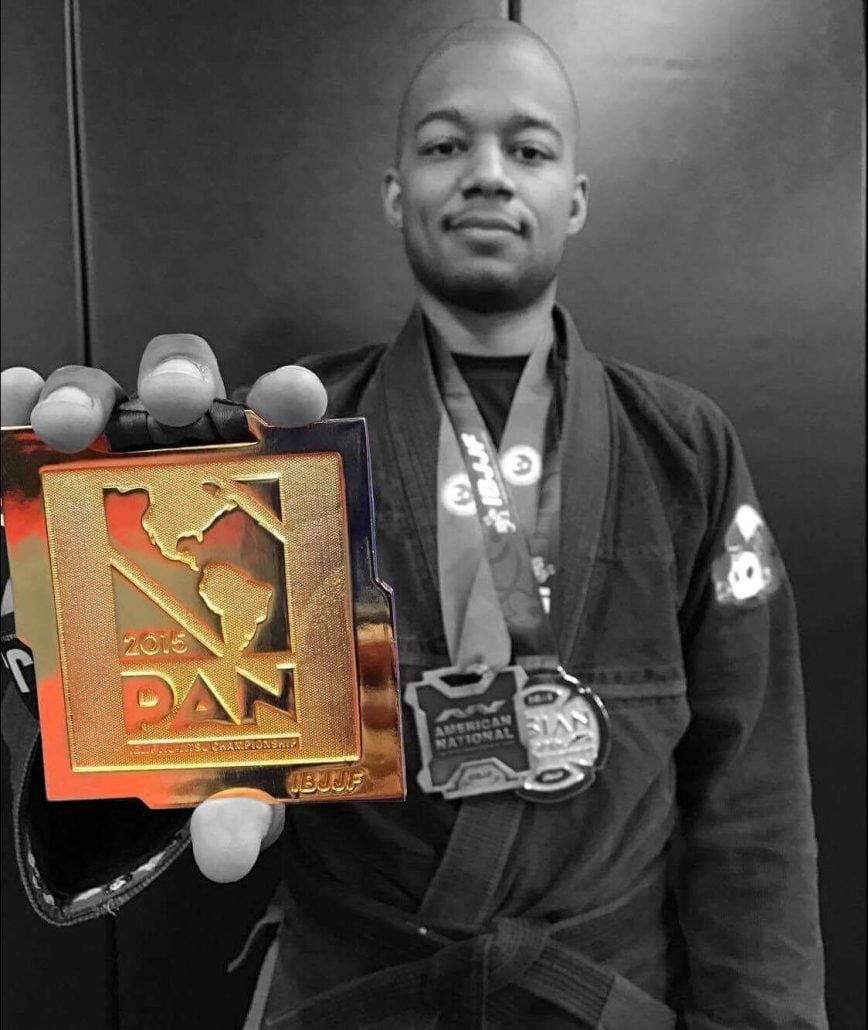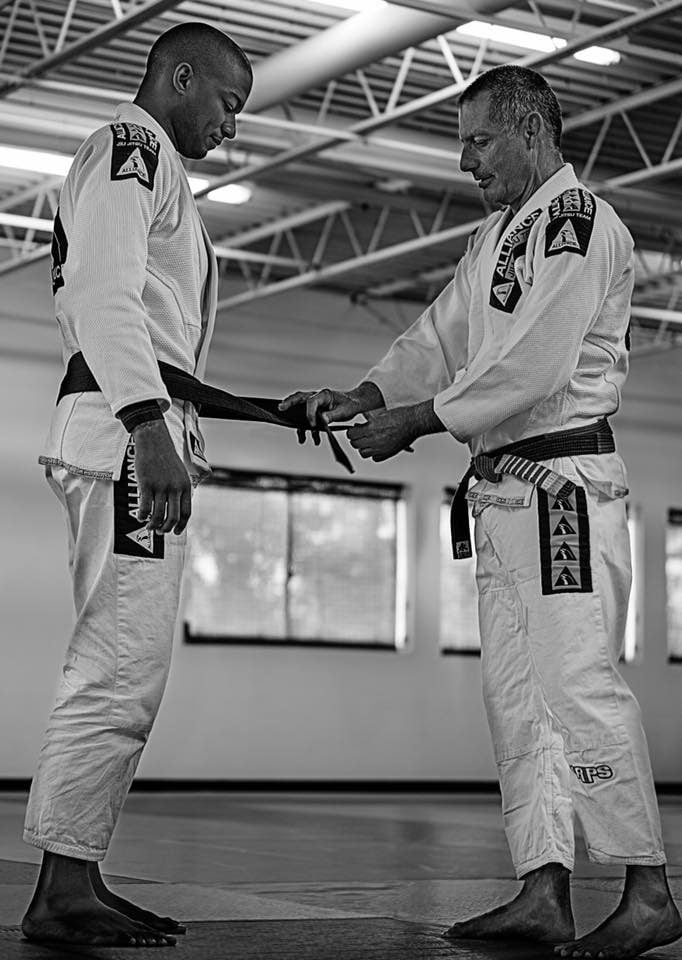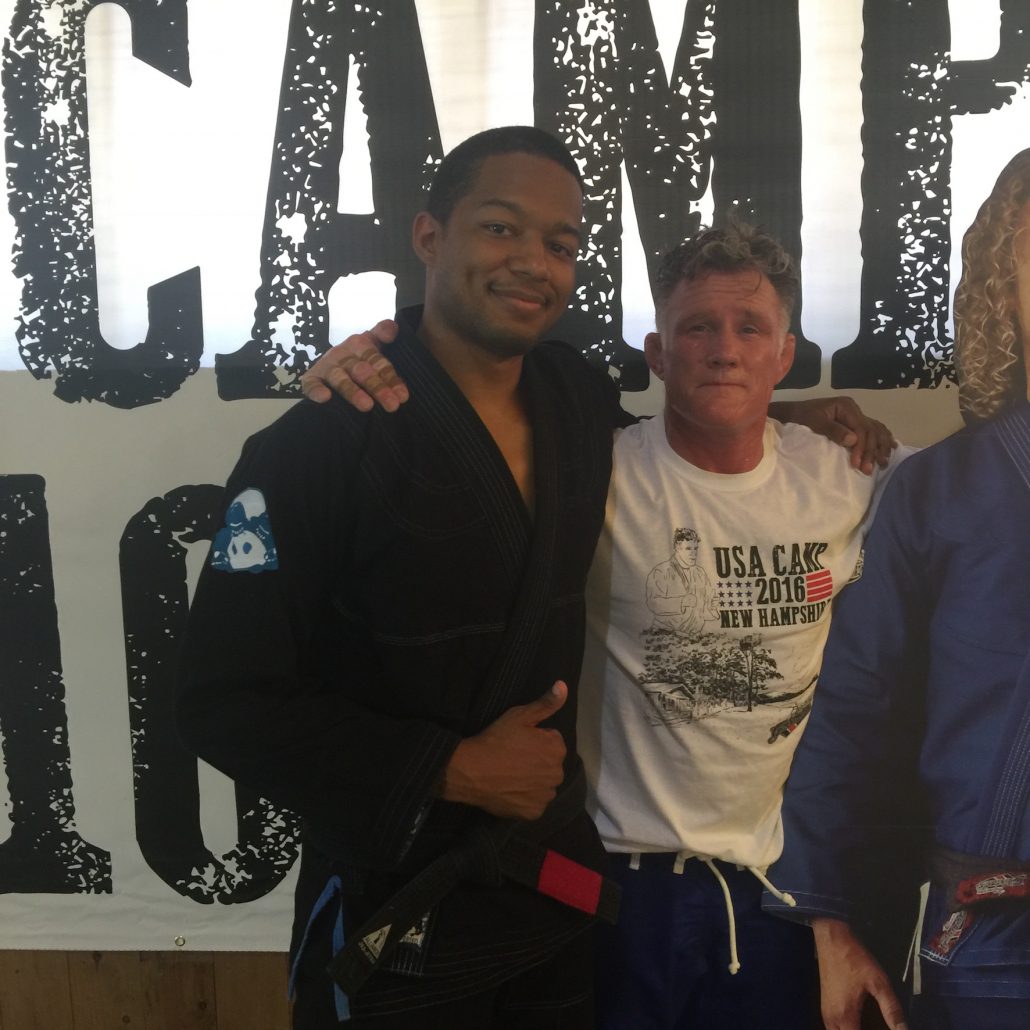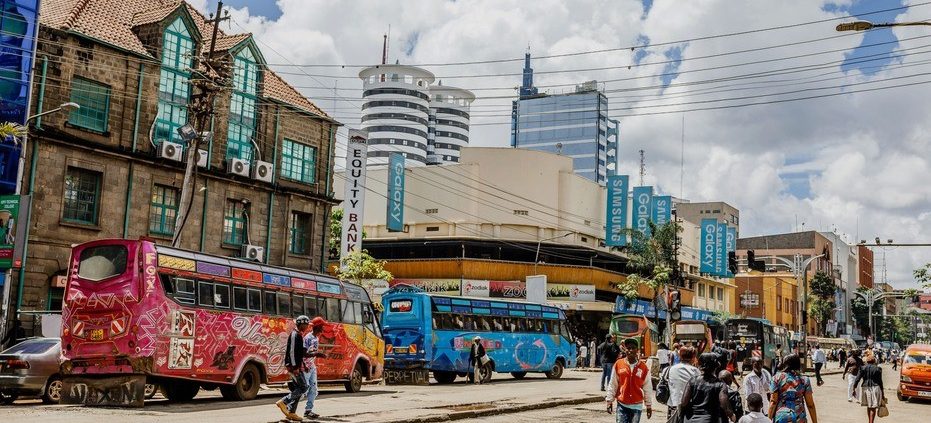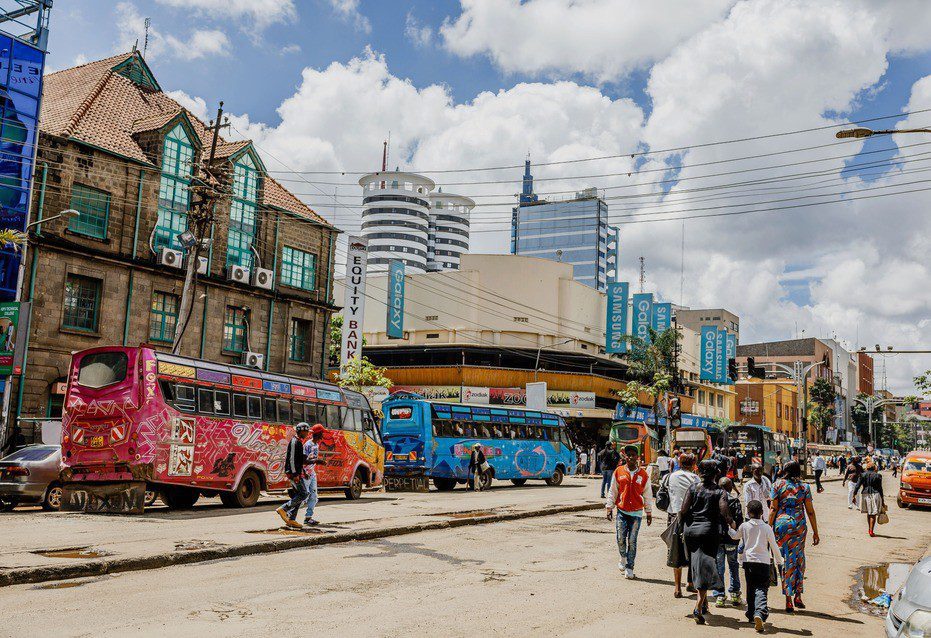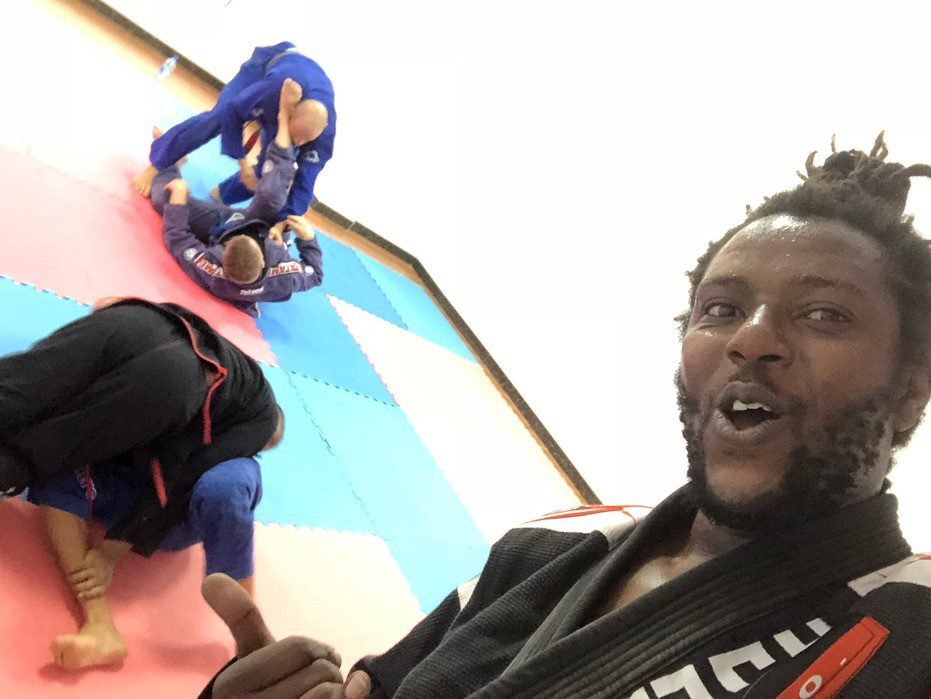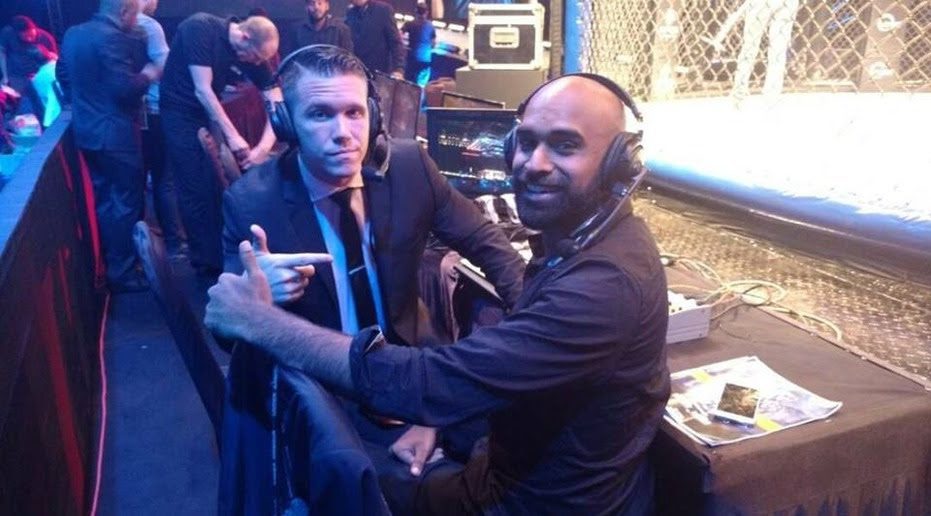
Let’s start out with some quick facts about you…
Rama Reddy – BJJ Globetrotters
Age: 33
Belt: Brown under Brian J. Johnson (Northwest Jiu Jitsu Academy)
Profession: Martial arts instructor
How many years in BJJ: Started in 2003, but took a couple of years off. Let’s say 13.
Other martial arts: Wrestling, boxing, kickboxing, and MMA
Where do you live: Currently Berlin, Germany
Where are you originally from: Seattle, USA
Other fun or curious information you’d like to share: I’m allergic to horses, donkeys, and mules. Probably also zebras.
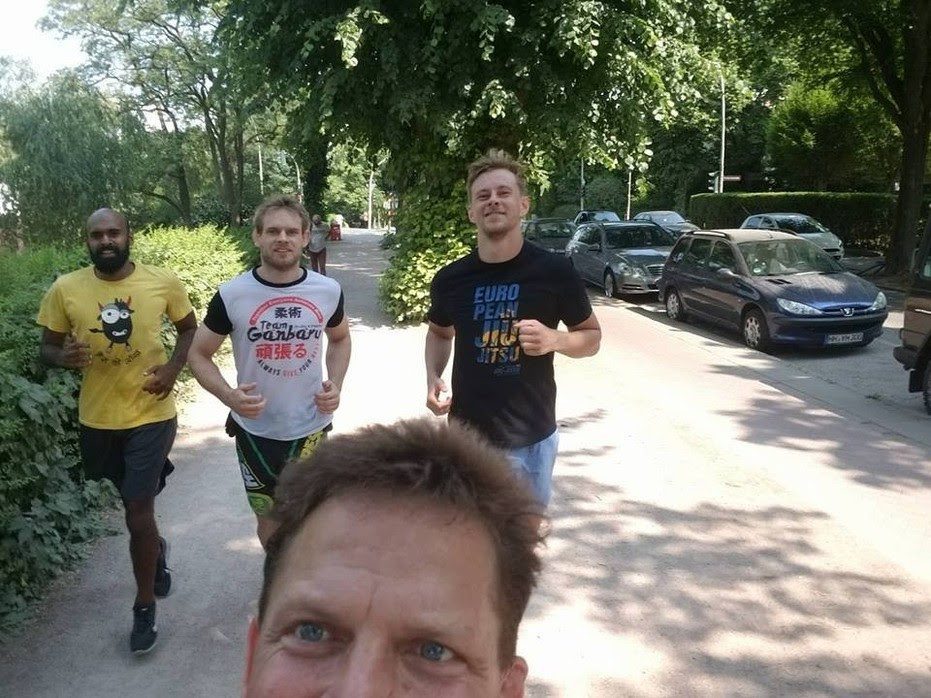
Rama Reddy BJJ
Tell us what inspired you to travel and train?
Training and traveling both have solid places in my well-being pantheon.
I remember seeing Christian’s blog ages ago and having so much admiration, but feeling like it was more or less an exceptional experience. The BJJ community however, are some of the most open, welcoming people I have ever met. I can’t really think of another community that has risen to the occasion like this except, like, cults or something.
Tell us about your most recent travel and your upcoming travel – where have you been and where are you going?
Just spent a week in Ithaca, which was beautiful, and took a weekend trip to Hamburg to visit David Mendelsohn.
In July, I’ll be back in India with my friend Eliot Kelly for an 18-day seminar-tour. Eliot’s a BJJ black belt that I met traveling through Northern California in 2015 at El Dorado Hills BJJ, and he is a consummate grappler. We’re hoping to turn it into a web series with the MMA India Show. Somewhere between Anthony Bourdain and a grappling showcase. Should be fun! You can keep track of it here and here.
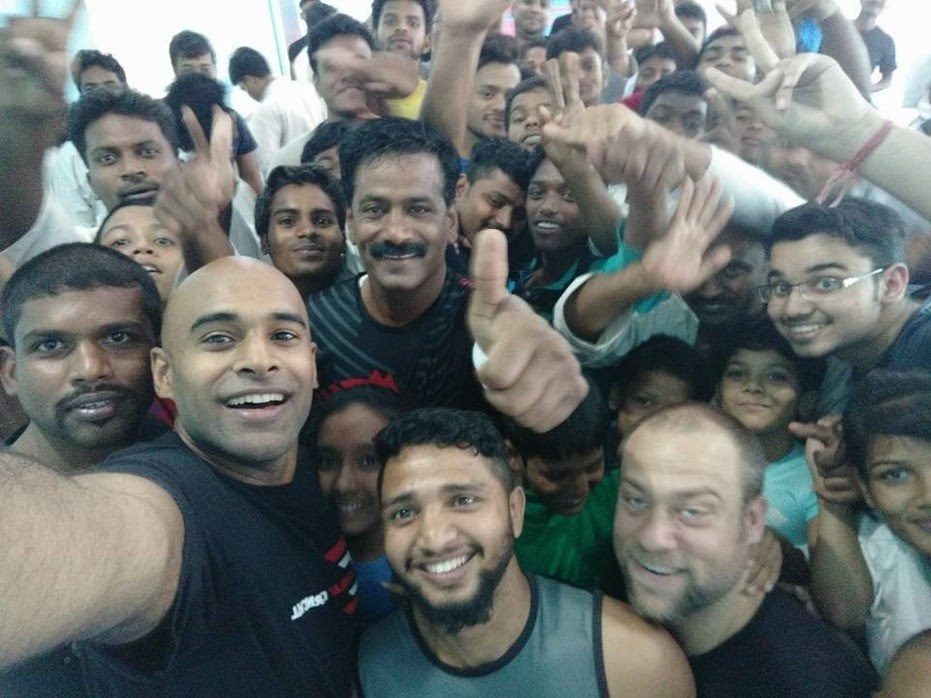
Rama Reddy BJJ
What are the things you enjoy about traveling?
Meeting locals and fellow travellers.
Though they’re often tourist traps, festivals are always such a jarring experience. Chinese New Year in Taipei, Oktoberfest in Munich, Carnival in Rio, and even music festivals all offer a view of humanity at its most extroverted.
Family barbeques are perhaps my favorite though. They have a nice balance of undistracted sociability, an intimate look inside a culture or family, and deliciousness. And clean bathrooms.
Can you give us some examples of experiences you had that makes it worth traveling and training?
Man, where to begin? If the goal, as mine, is to meet a bunch of cool people, I’m not sure if there’s anything that will catapult you into a social situation faster than a bunch of people attempting to strangle each other. I’ve been so lucky to meet great friends through the travel-BJJ combo.
Eliot Corley, who I met in Taiwan, comes to mind. I literally just put a hand-written note on a bulletin board that said “Hey, I want to train BJJ but I need partners.” and the dude emailed me. He went on to spend a year with me in India, and now runs Shuraba MMA in Taipei. If you’re keeping count, I have now mentioned two cool Eliots spelt with a single ‘t’.
When I visited Berlin for the first time, Robert Nestor was kind enough to let me stay at his gym, BJJ Akadamie. For the couple of days I was there, it was wake up, train, sight-see, train, sleep. I have since been plugging him as a “Host of the Year” candidate. He also introduced me to Kraftmalz, which is one of the best soft drinks in the universe. Just had a very similar experience with David in Hamburg. Truly grateful to be part of community of such big-hearted humans.
What has so far been the most surprising experience for you when traveling?
Singular surprising experience probably happened in a favela called Pavaozinho. It sits on a hill between Ipanema and Copacabana in Rio. I was volunteering as an English teacher there in 2007. Most favelas are on hillsides, and most favelas are also run by local gangs. Many of the gangs fund themselves by selling drugs. That’ll come up later.
I climbed up the morro and I arrived at the school at my normal time, and noticed it was oddly quiet. The narrow lanes are normally teeming with kids. The school yard looked abandoned. At first, I was wondering if there was some holiday that I didn’t know about. After all, Catholics don’t need much of an excuse to party.
“RAMA!” I turned to see one of the project coordinators, another American, and she was in the doorway of a basement across from the school. Her eyes were wide as she waved for me to come down. I entered, and all of the kids and staff were there in this basement. The adults had stern or worried looks on their faces; a couple were pacing. The kids didn’t seem to give much of a shit. They were having fun with each other at their normal levels of volume. Almost felt like a Snow Day back in the US.
“What’s going on?” I asked the coordinator. “BOPEs”, she replied.
I had been introduced to “BOPE” almost immediately upon coming to Rio. They’re basically Brazilian SWAT, but they have a more ruthless reputation. Their gear is all black and their logo is a skull being impaled by a knife. Heart-warming stuff.
“We’re in the middle of a raid. They’re surrounding the Boca.”
The Boca (“Mouth”) is the top of the hill, where the leader of the gang and much of his presumed stash stays. I looked around, a few of the kids had said “hi” to me already, laughing as they tried to finish their homework in the chaos that dense groups of children can create. There didn’t seem to be much out of place in the manner of these kids. Smiles abounded. I was perplexed. But it didn’t take long for me to hear an ominous, rapid, deep wub-wub-wub sound steadily growing louder. As it did, we could tell it was above us, so a few of us gathered at the window, and peered up over the edge of the stairwell into the sky.
Have you ever seen a Huey helicopter? That was what we saw, perhaps 150 feet (50 meters) above. All black, with both cargo doors open. Facing toward the Boca was a BOPE firing a mounted machine gun. It was straight out of Halo or something. The words “What the fuck?!” came to mind. The strangest thing to me was the juxtaposition of bullets flying around outside, and kids inside trying to brush up on their adverbs. We stayed inside for a couple more hours, had a meal of feijao, occasionally heard distant pops and snaps and eventually left in the early evening after things had calmed down.
The next day, I learned arrests were made, but no one died, apparently. Just amazing.
TL;DR: Brazilian Government wages War on Drugs. School children unfazed.
Are you a budget traveller – and if so how do you plan for a cheap trip?
I don’t like spending unnecessarily, but don’t rob yourself of experiences that you’ll cherish.
- Travel: If you’re traveling between cities within a few hours of each other, I really liked using carpooling sites like Blablacar. Cheaper, faster, and can be more direct to your door than taking a bus or train. Plus you get to meet a few people on the way.
- Stay: Crash with friends, or if you’re staying at a hostel, see if you can cut a package deal.
- Food: Cook for yourself when you can, or ask around for cheap healthy food options. Get off the main street. The Supply-Demand Curve is not your friend in Tourist Traps. I was often surprised how well I could eat if I went to a grocery store and milled around.
- Misc: Learn how to hand-wash stuff. If you’re connected, ask around to see if you can do any odd-jobs and scrape together some cash.
If you were to pass on travel advice to your fellow Globetrotters, what would it be?
Reach out on the group! You will be bombarded with people that want to help. Bring some trinkets or little gifts to share.
I know I already mentioned this, but get used to handwashing. Your socks, underwear, and gi are precious commodities that you will use everyday and laundromats are a rip-off. Not to mention, few laundromats know how to handle a gi.
Know how traveling affects your body. Your lumbar might throw a tantrum after 8 hours of lugging a bag around and then rolling.
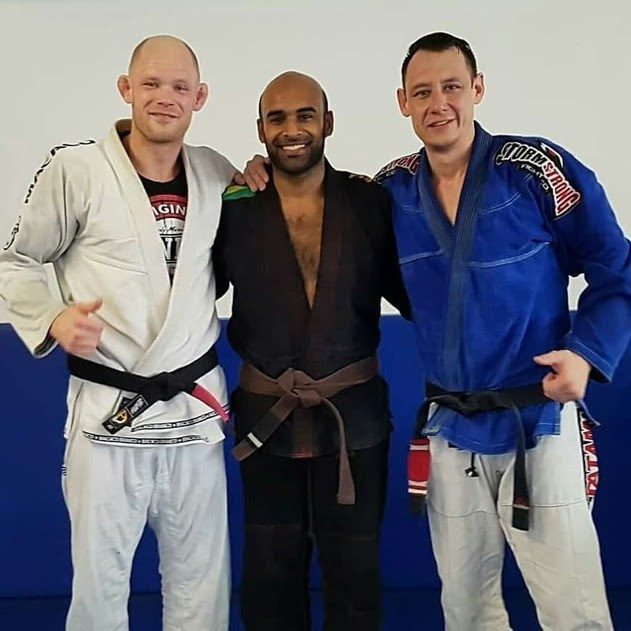
Thank you to Rama Reddy BJJ for doing this interview!
